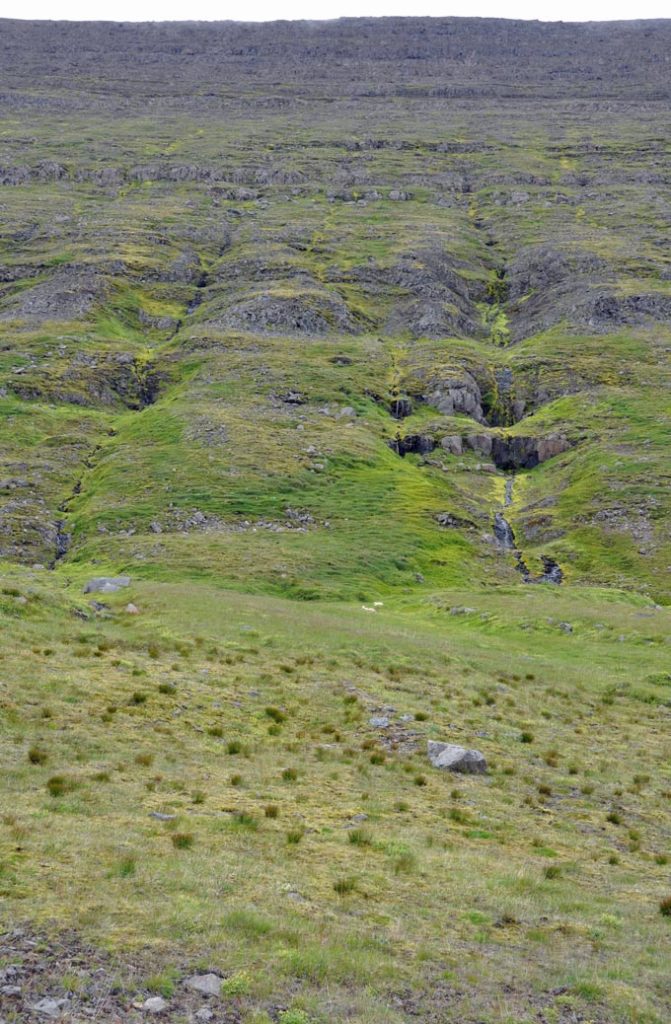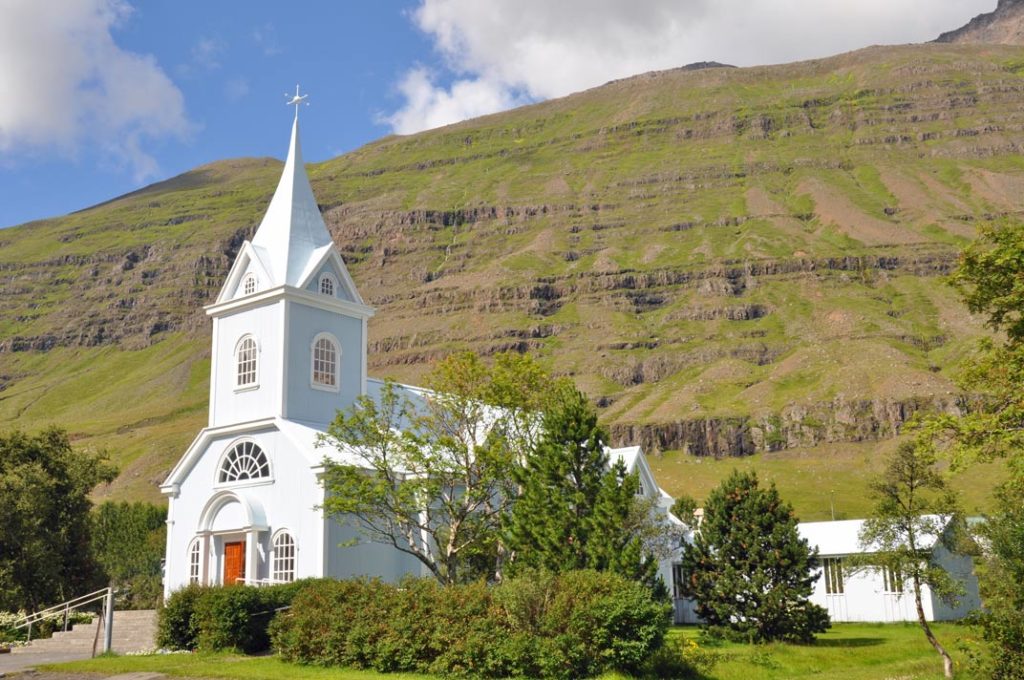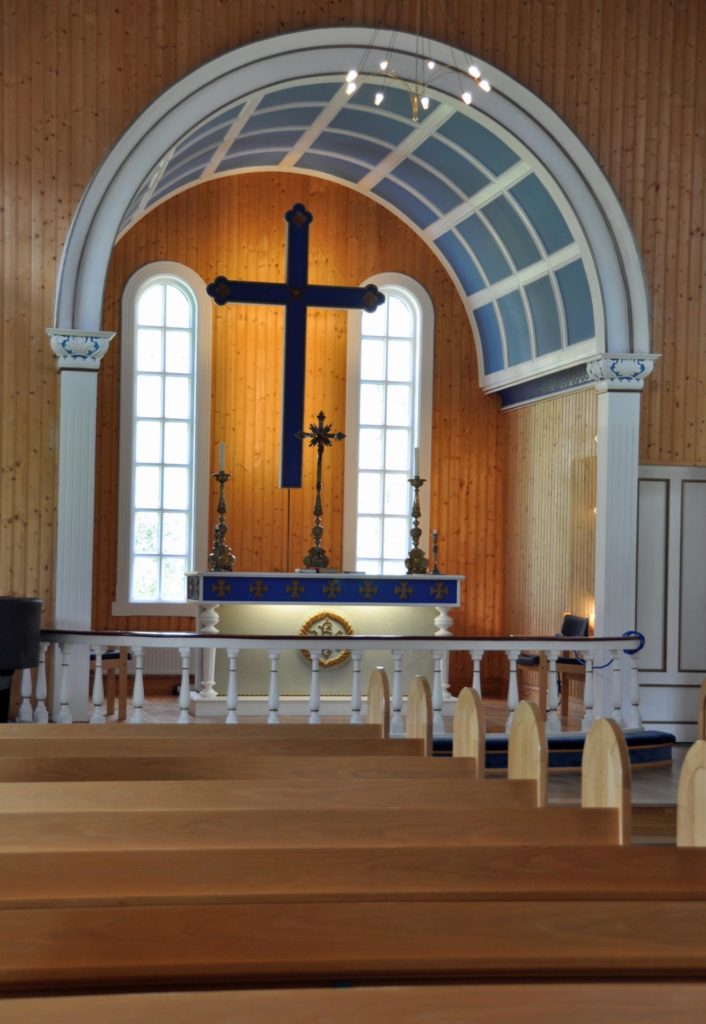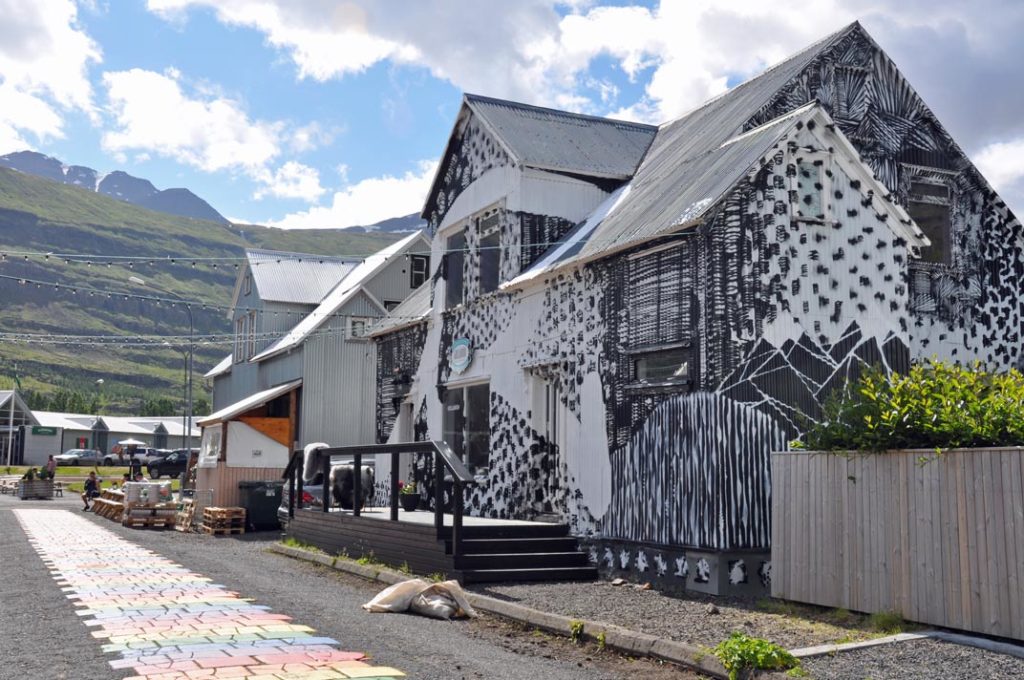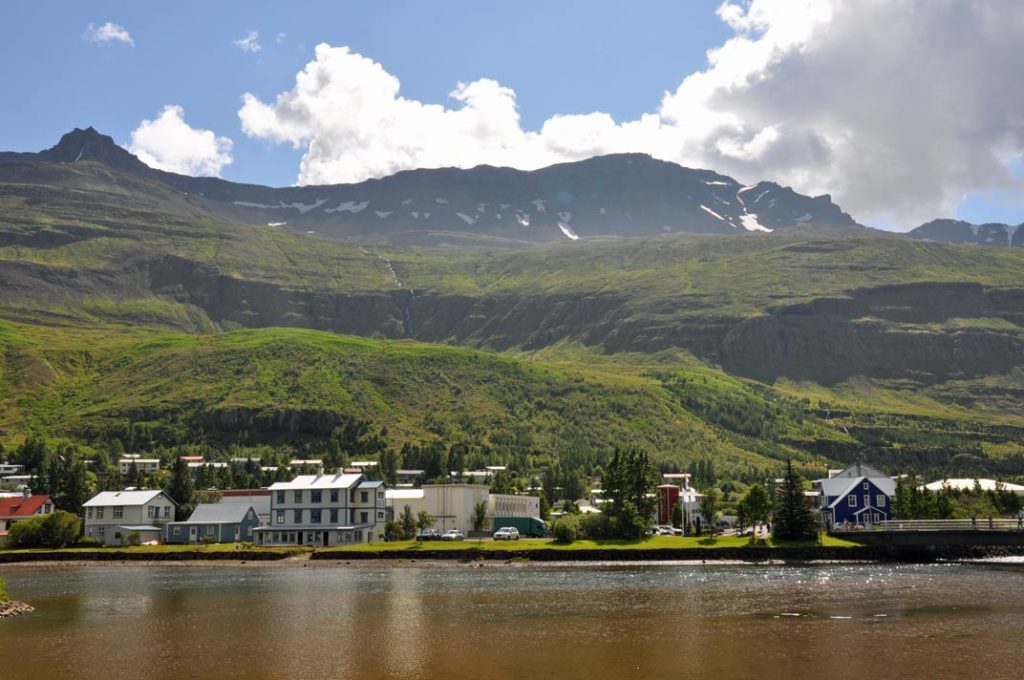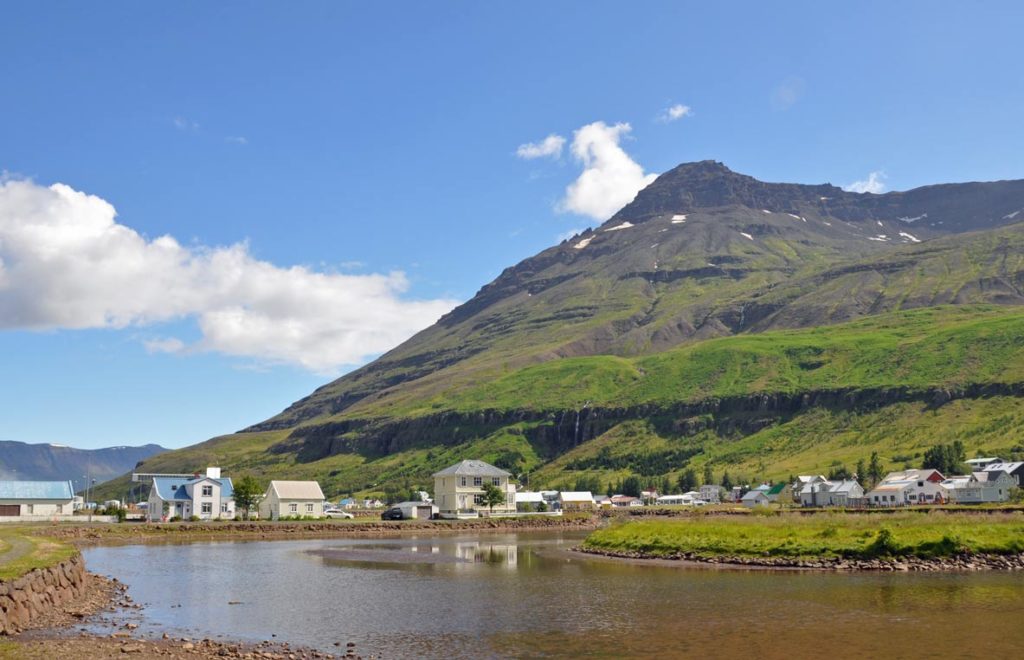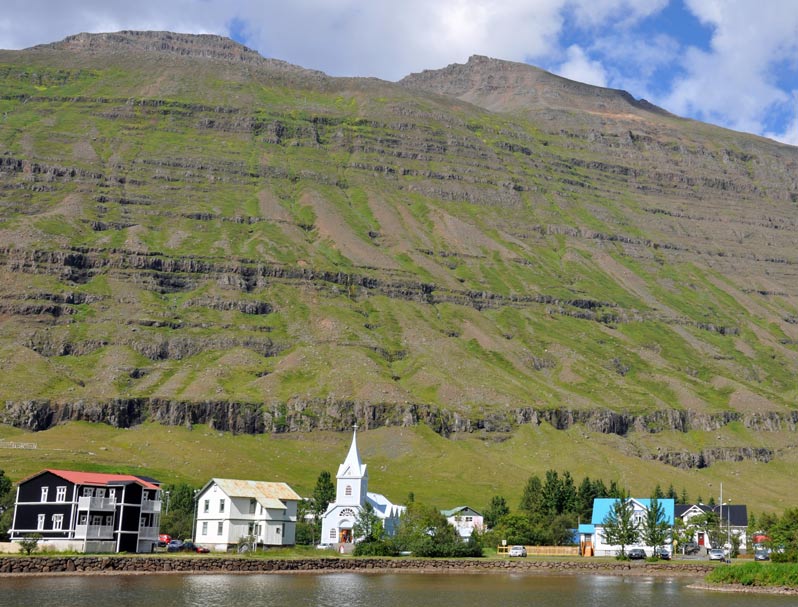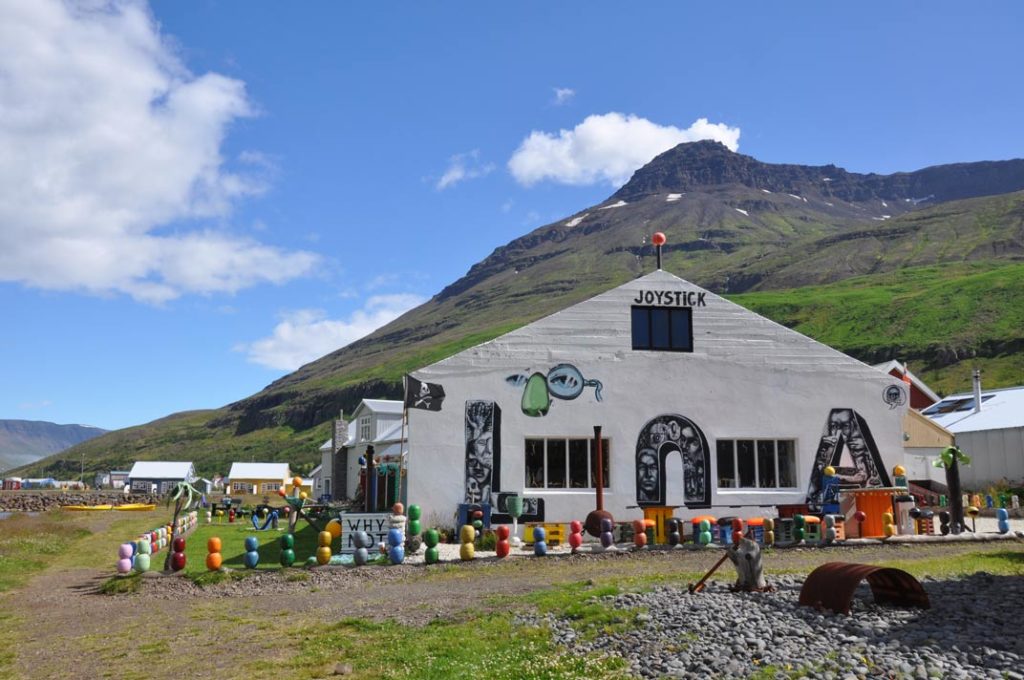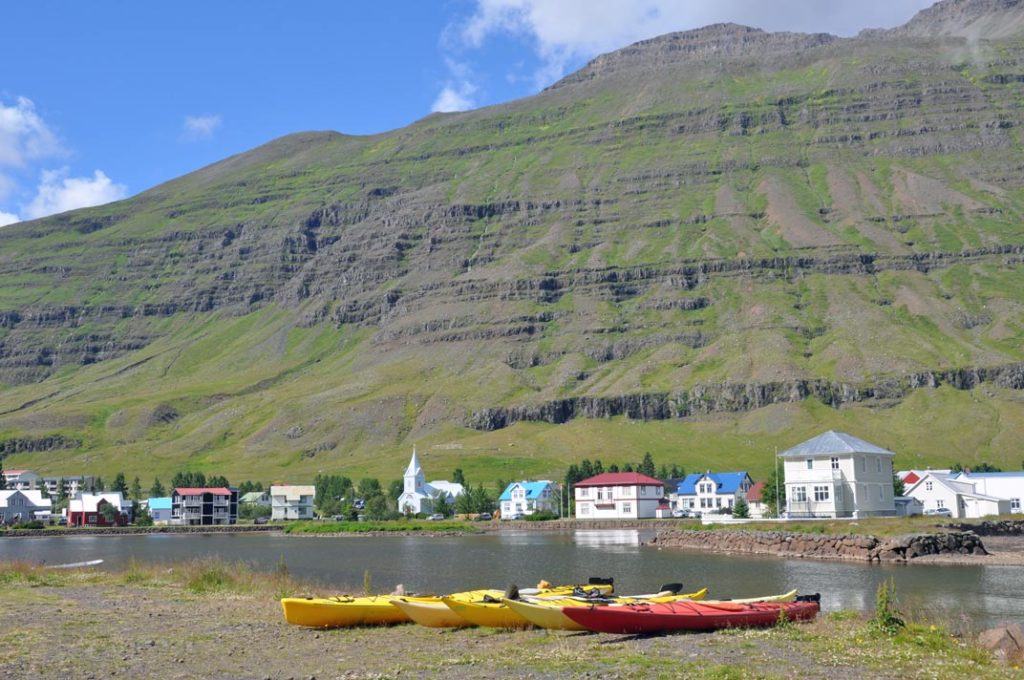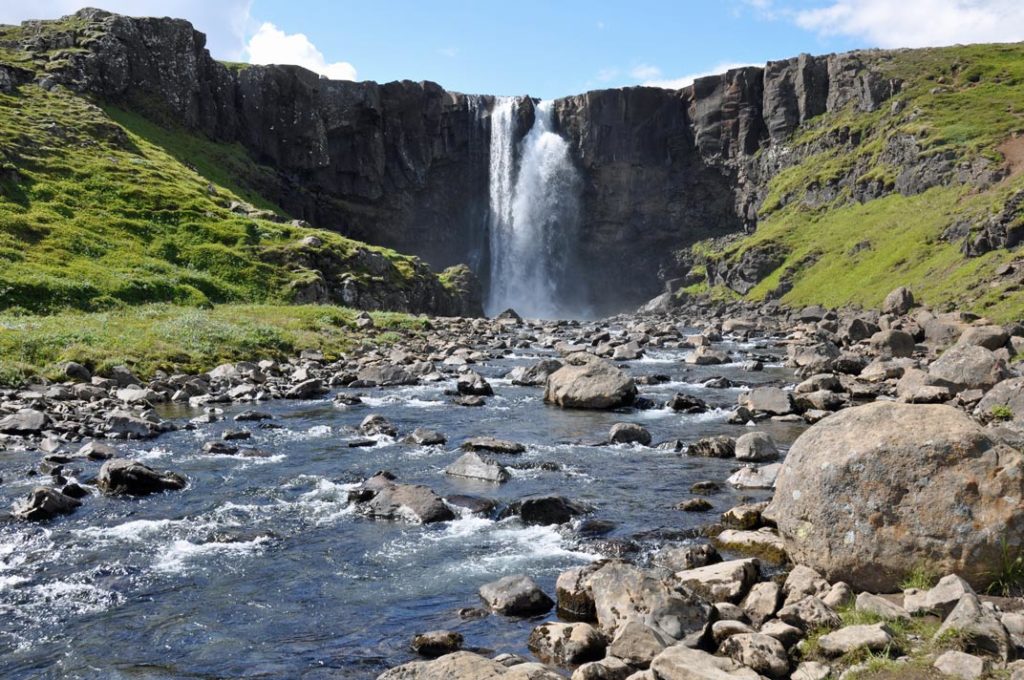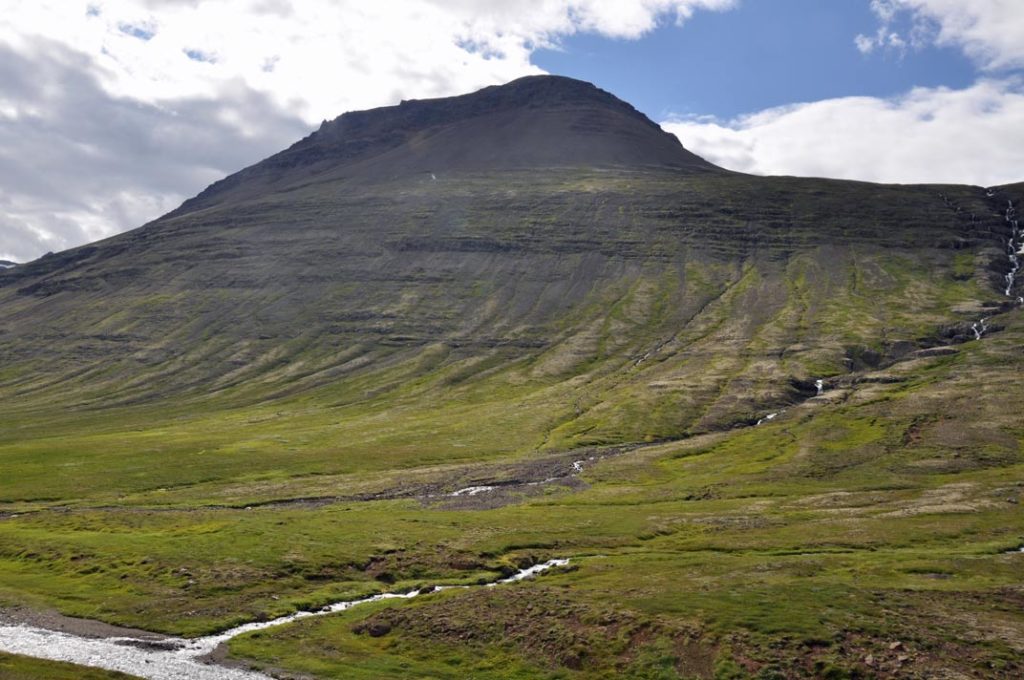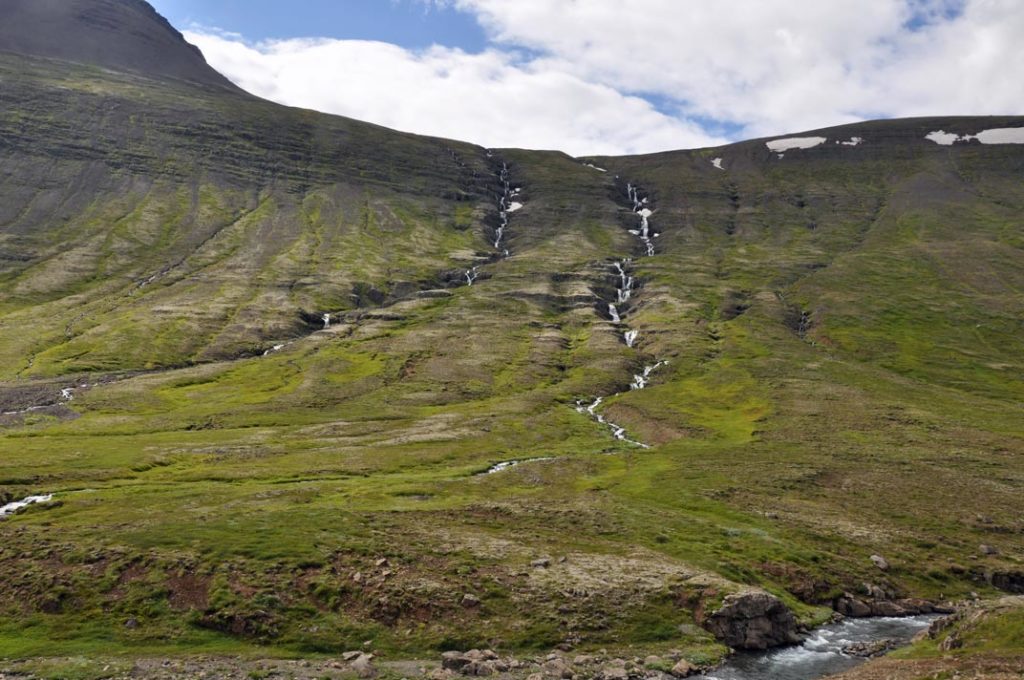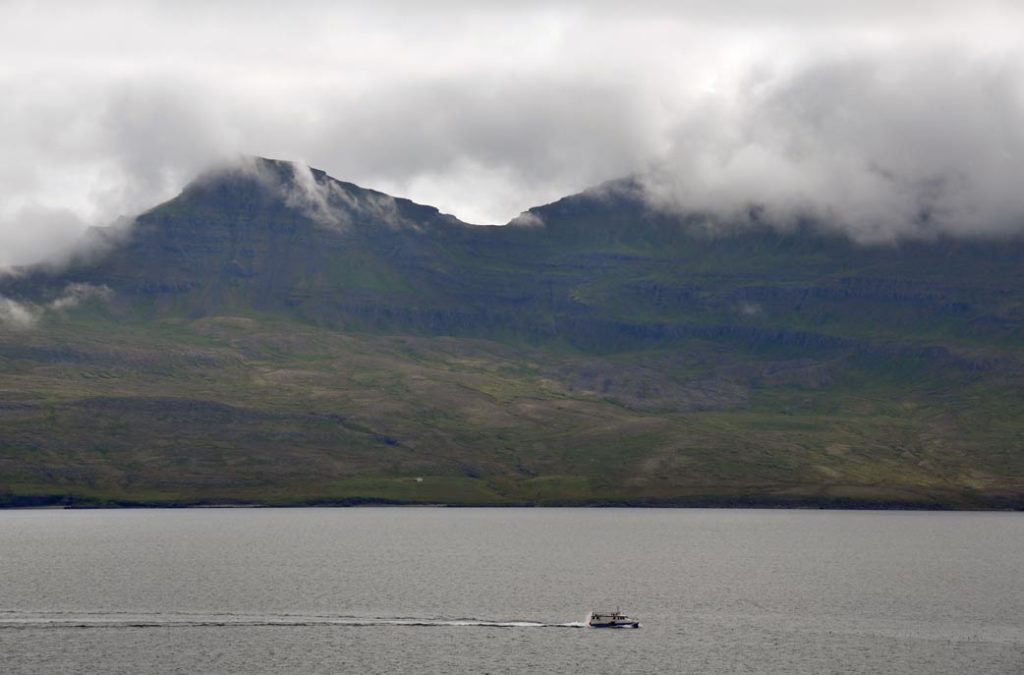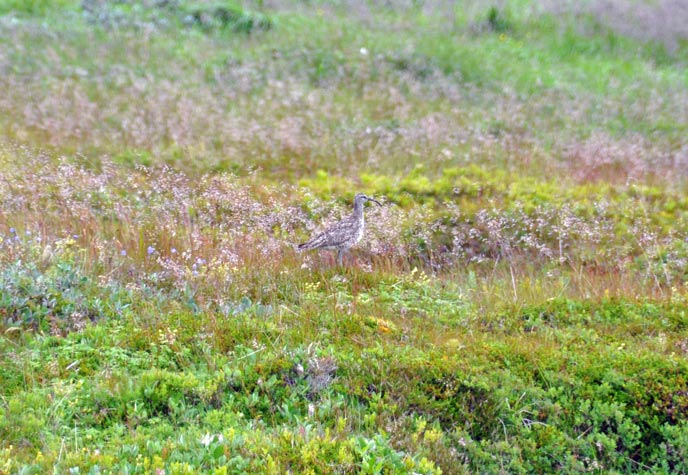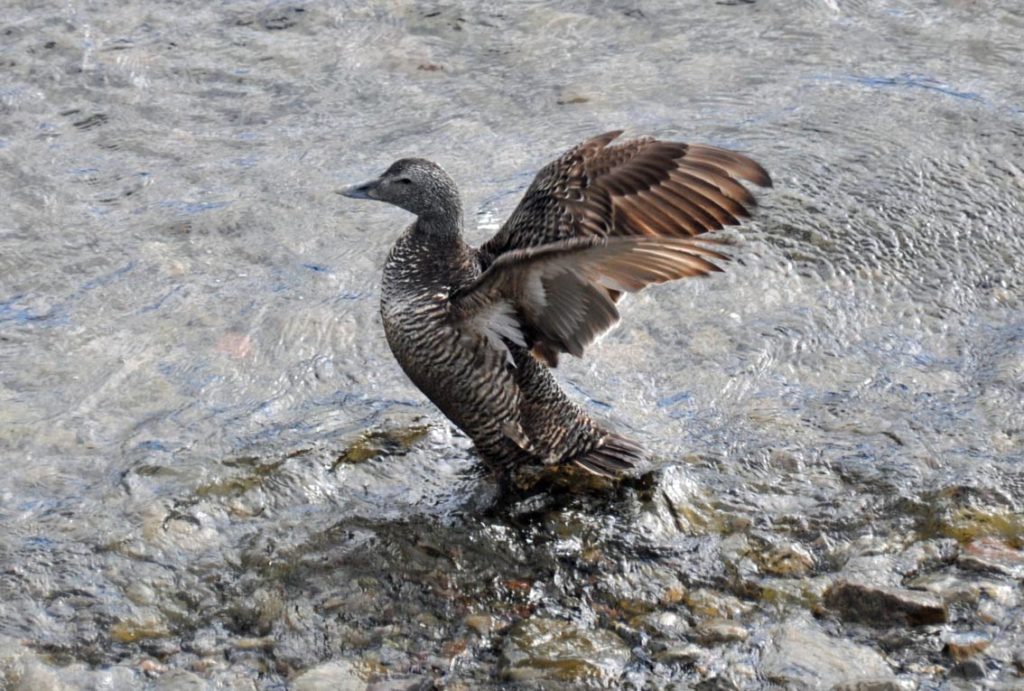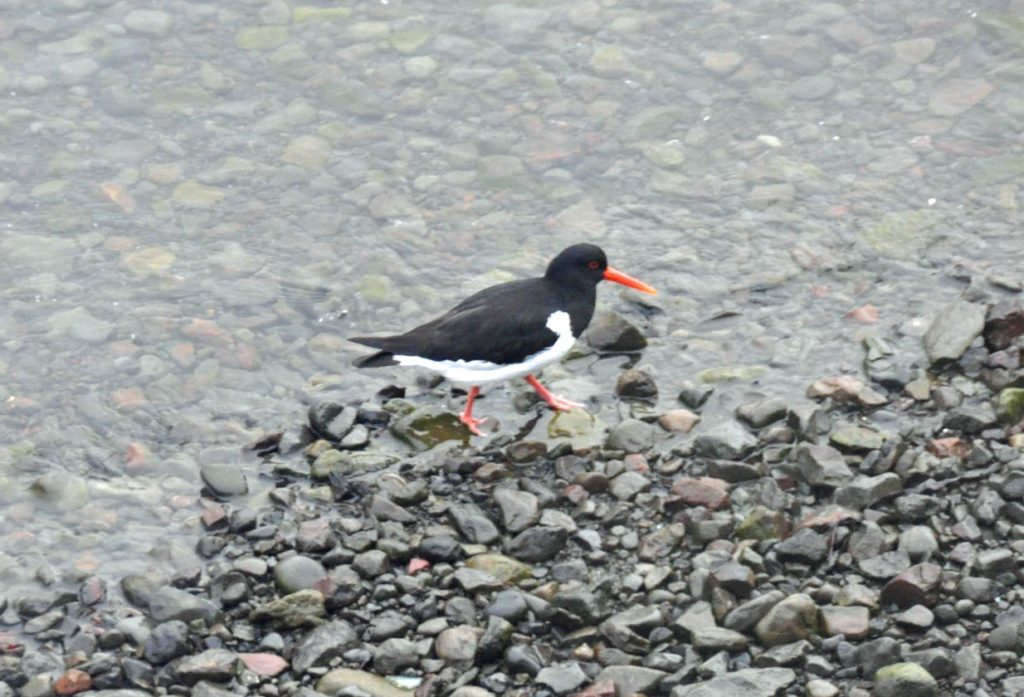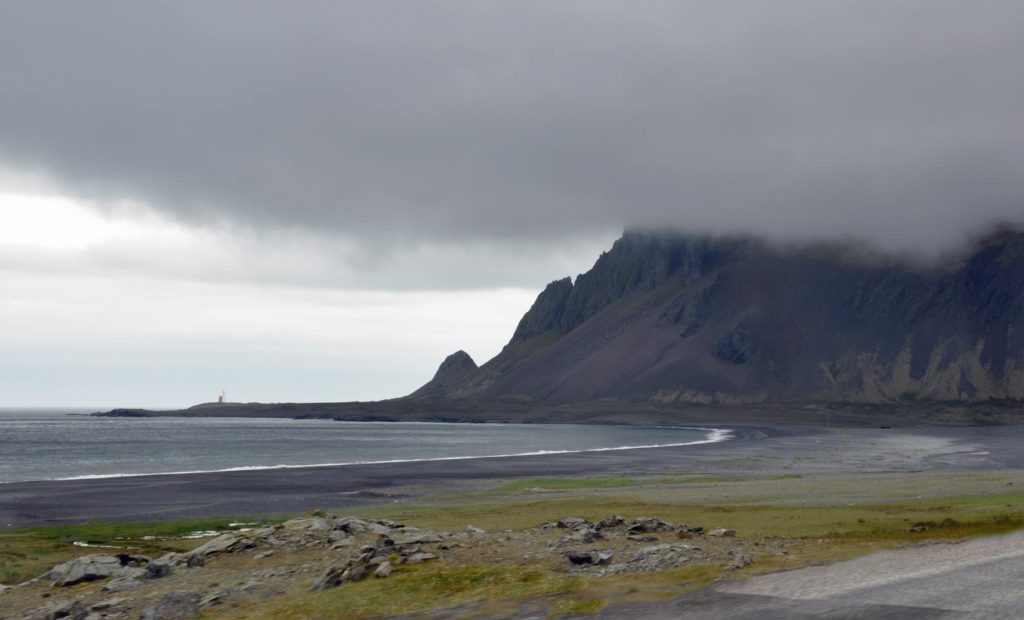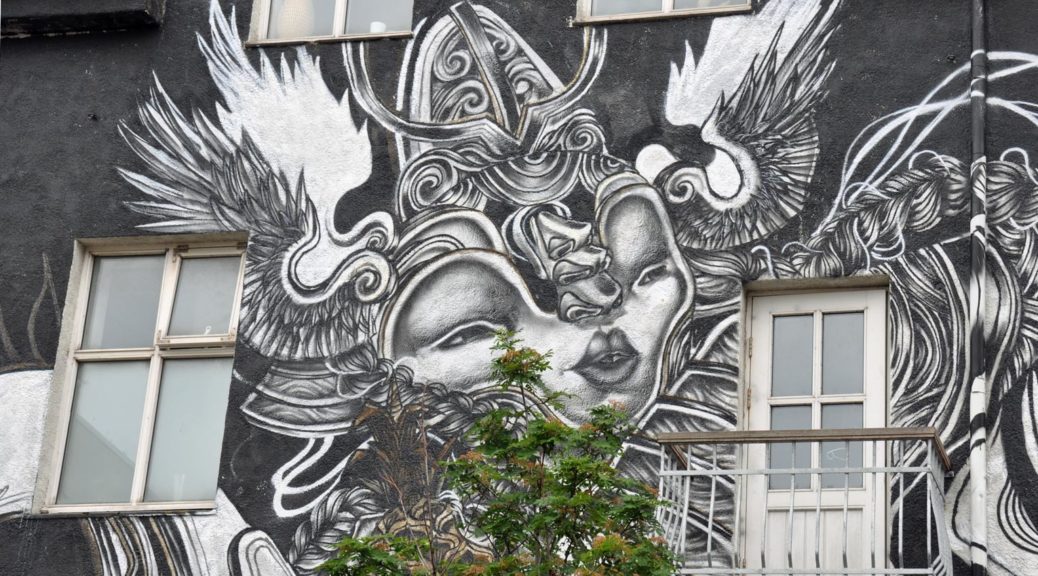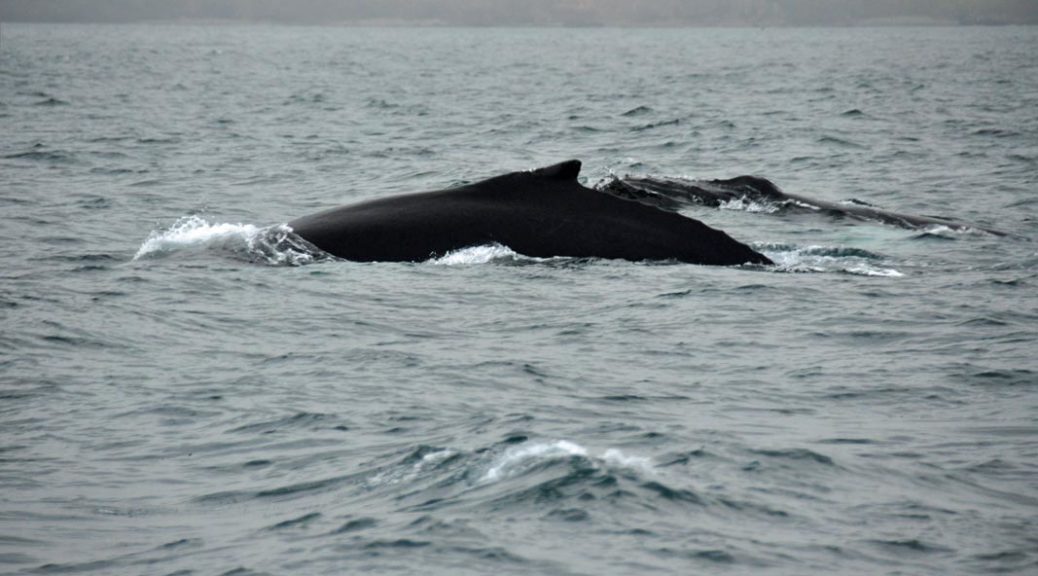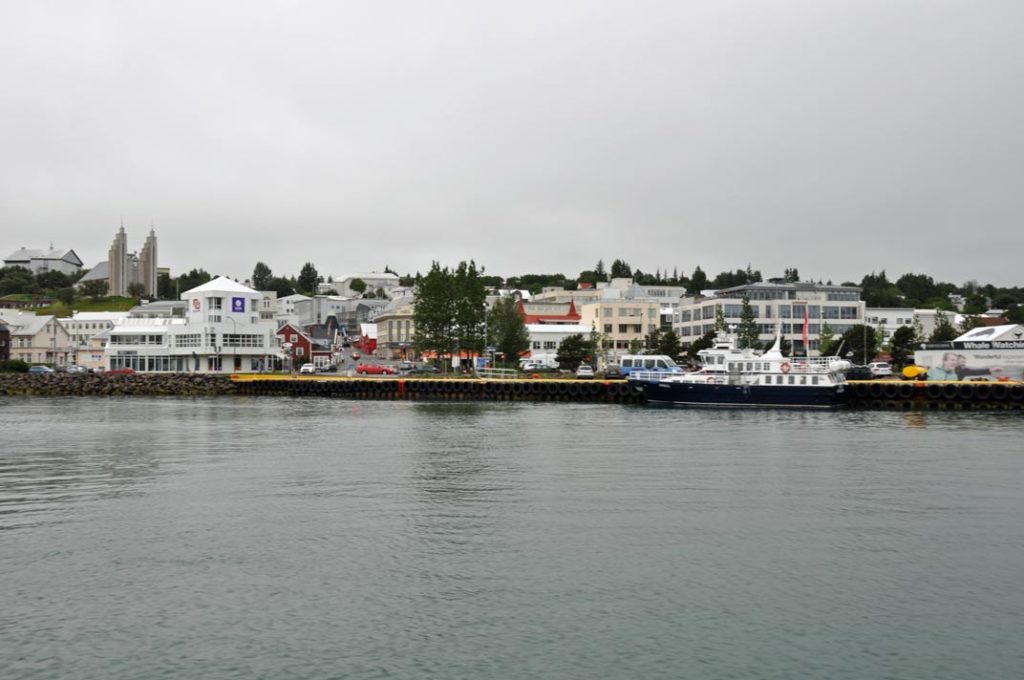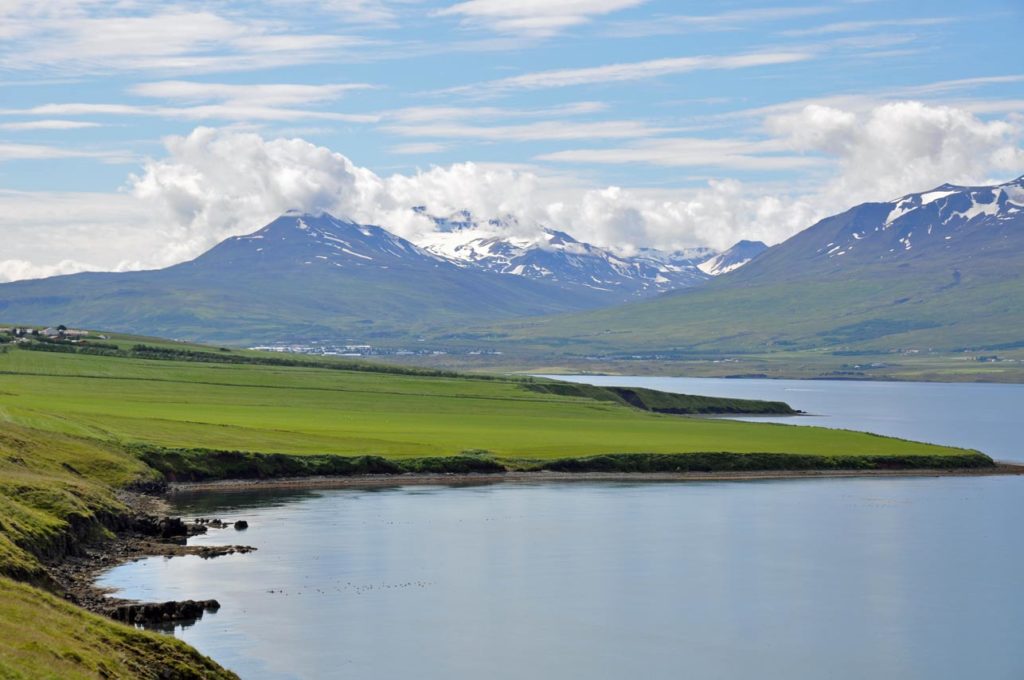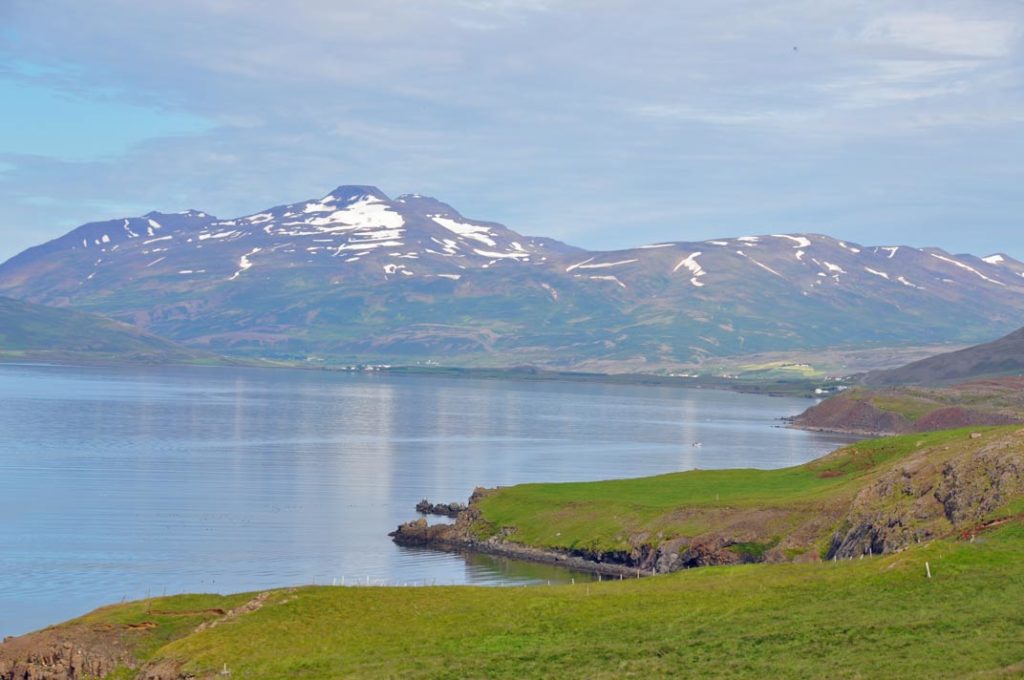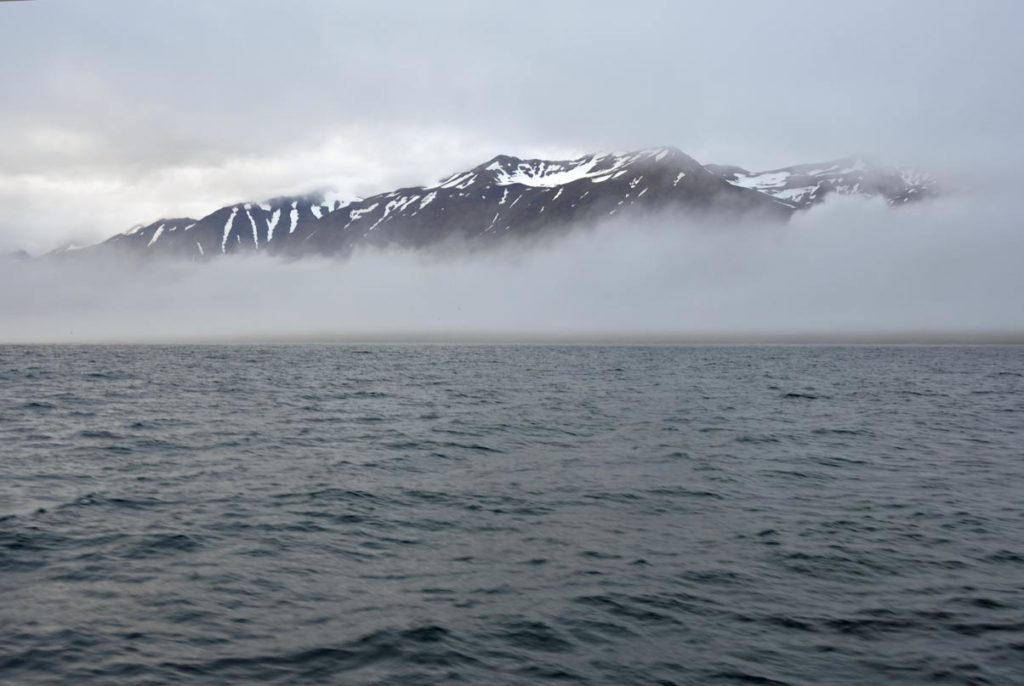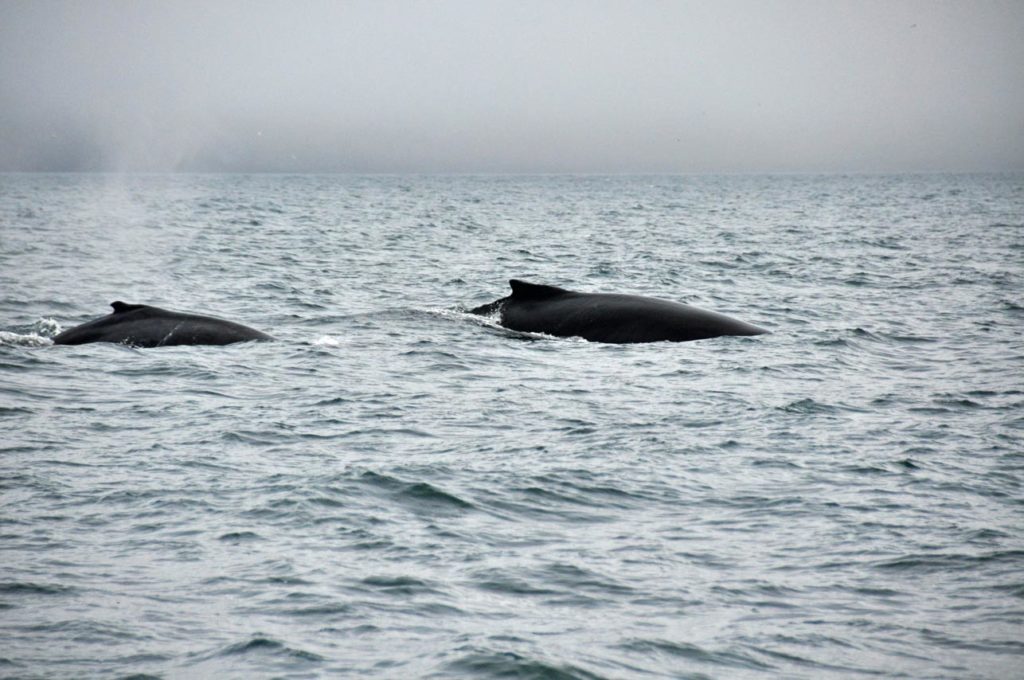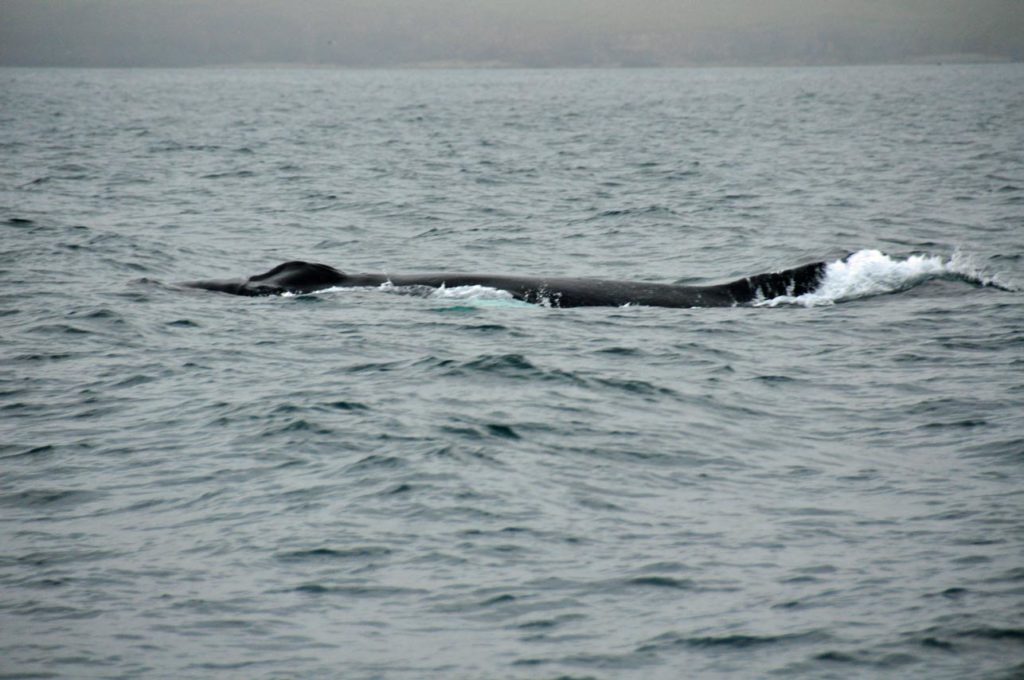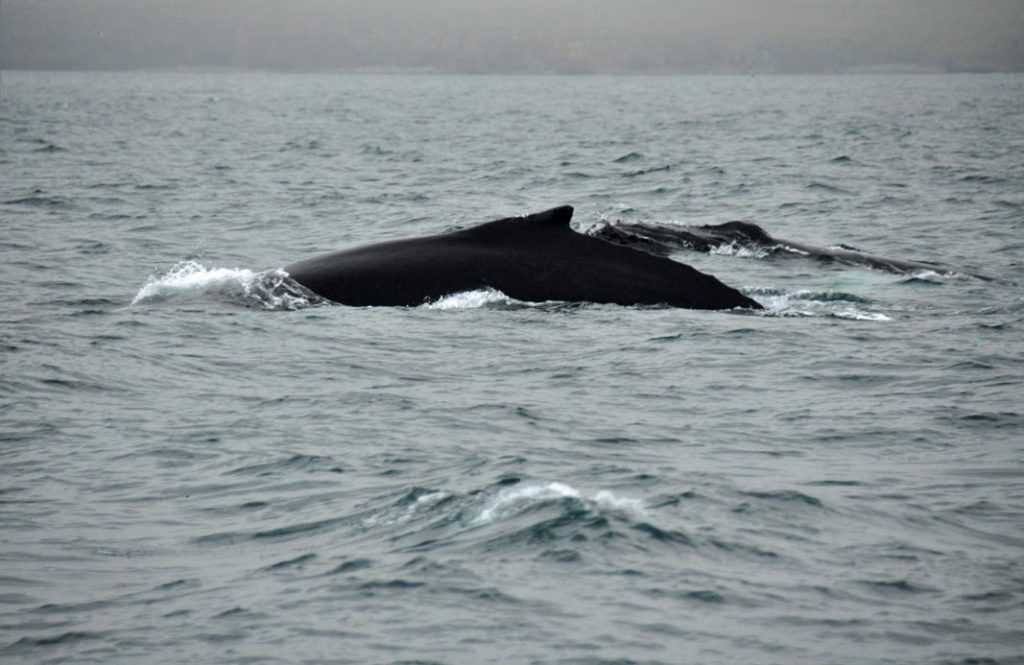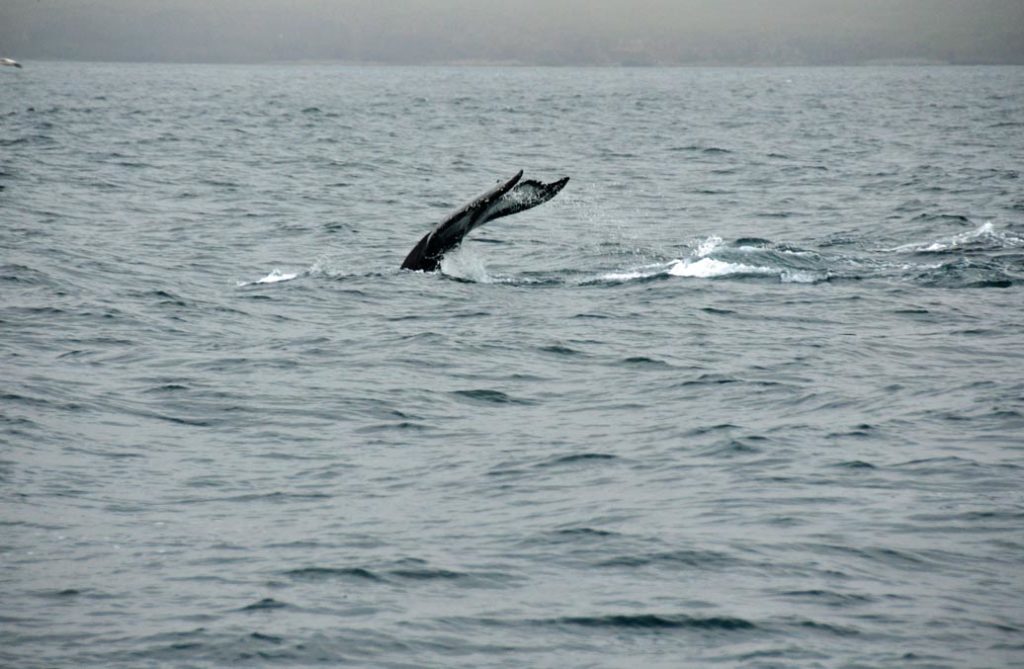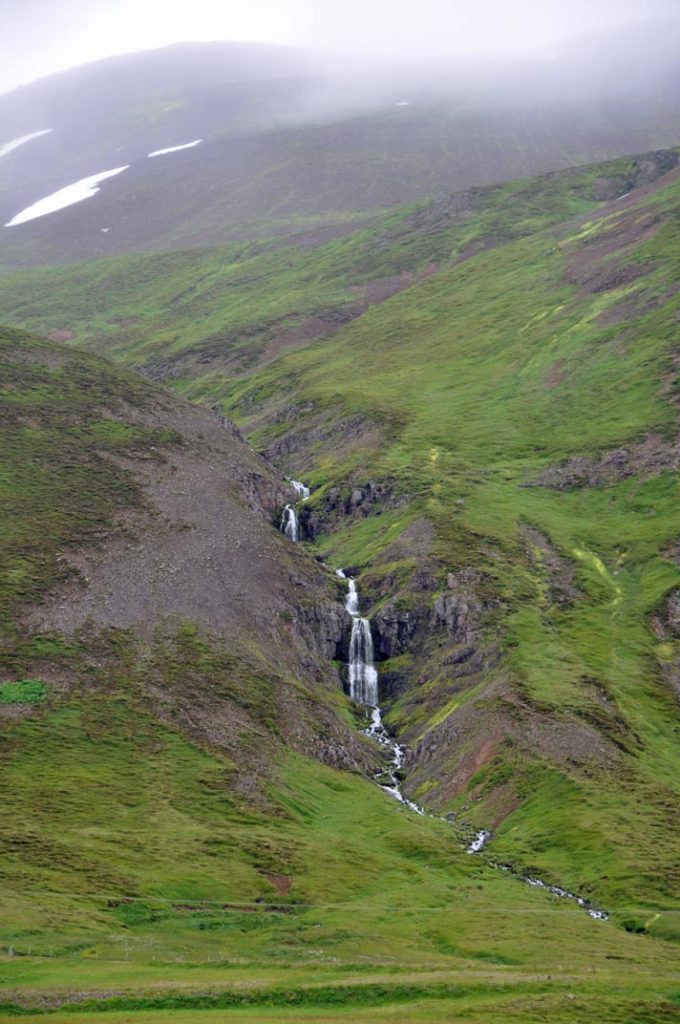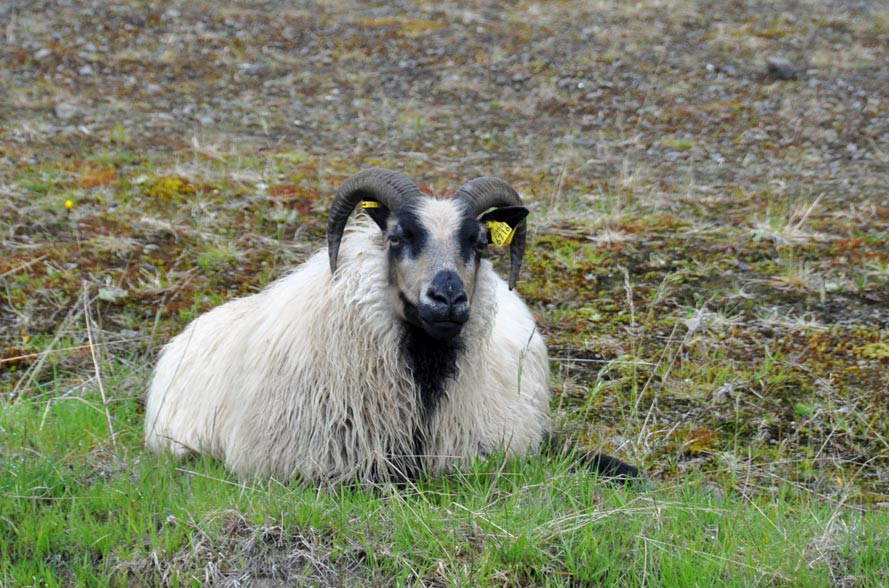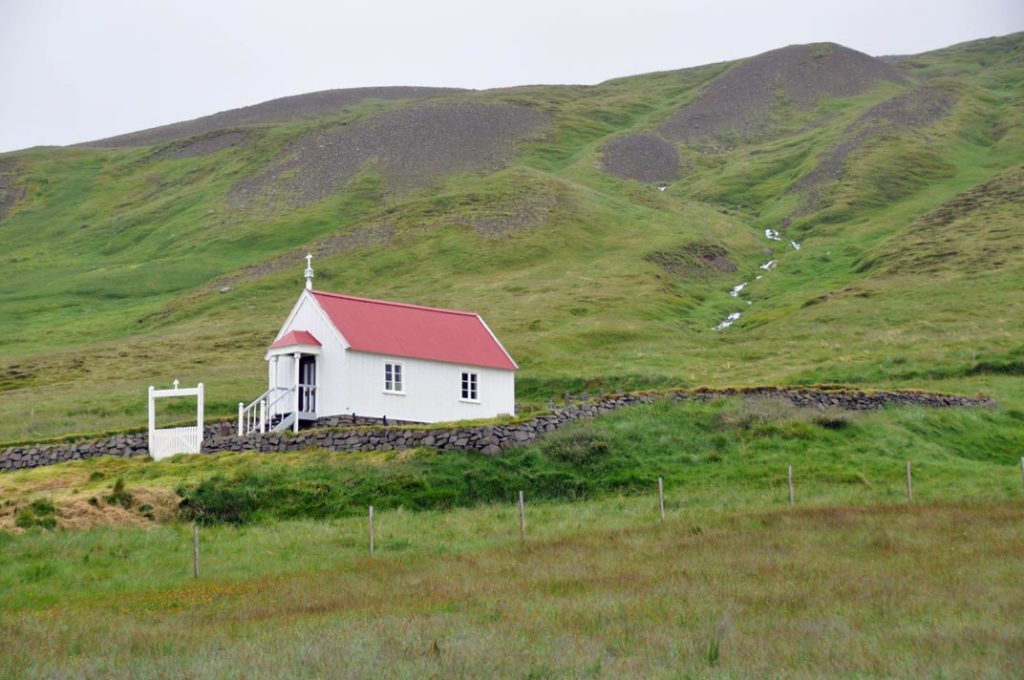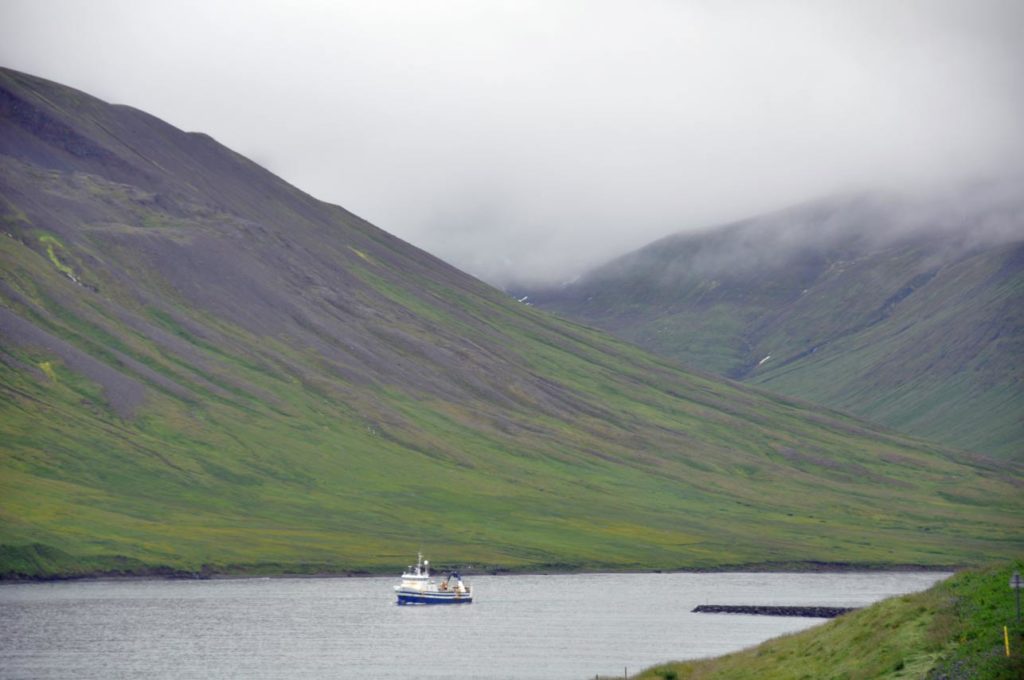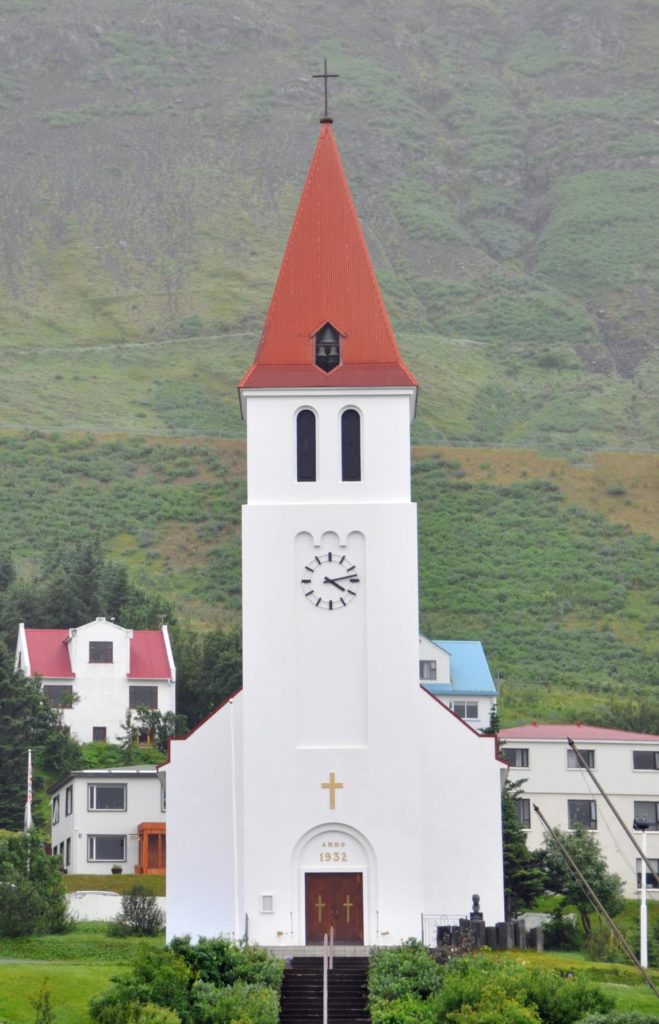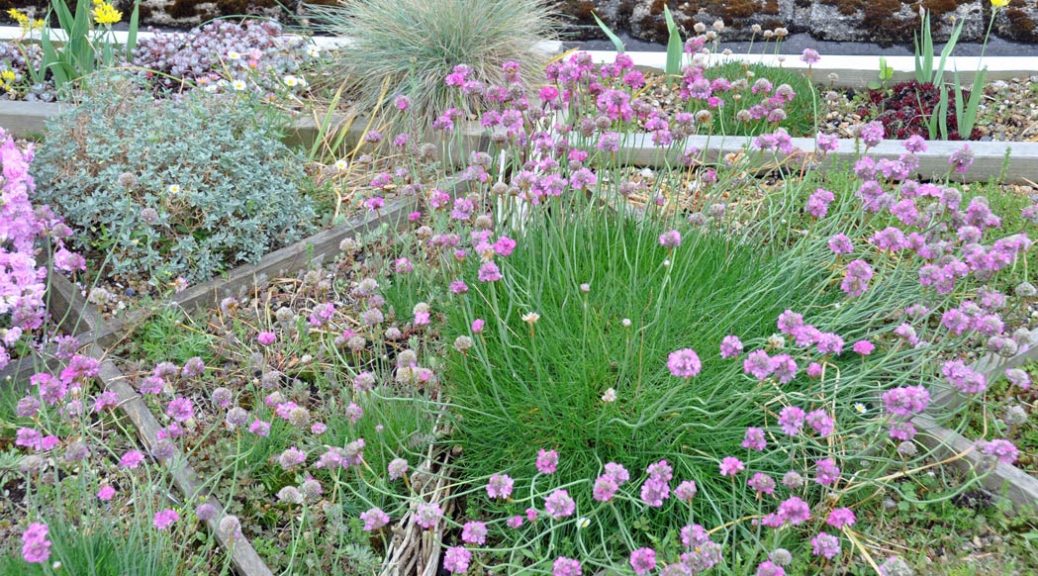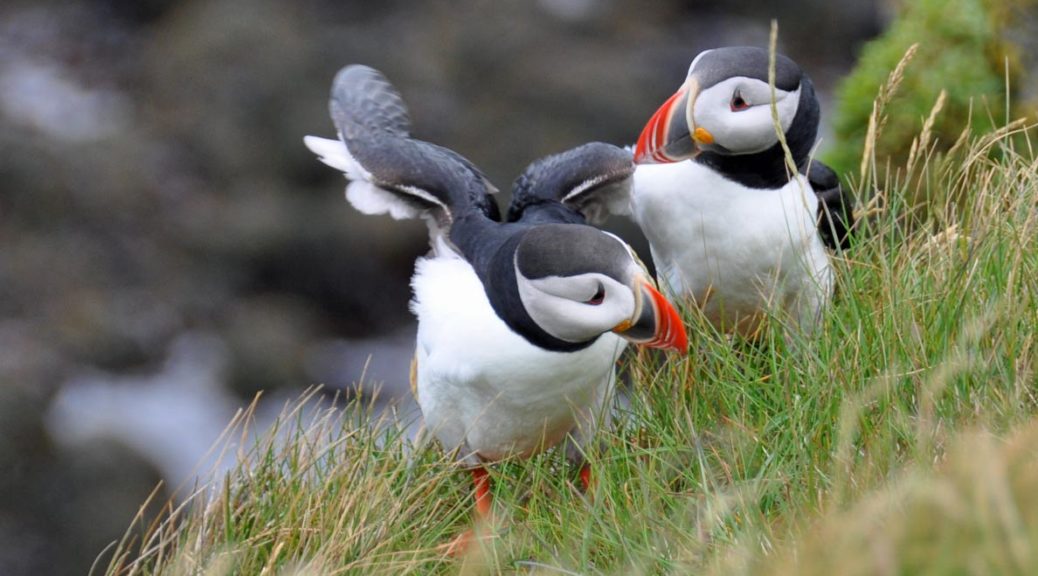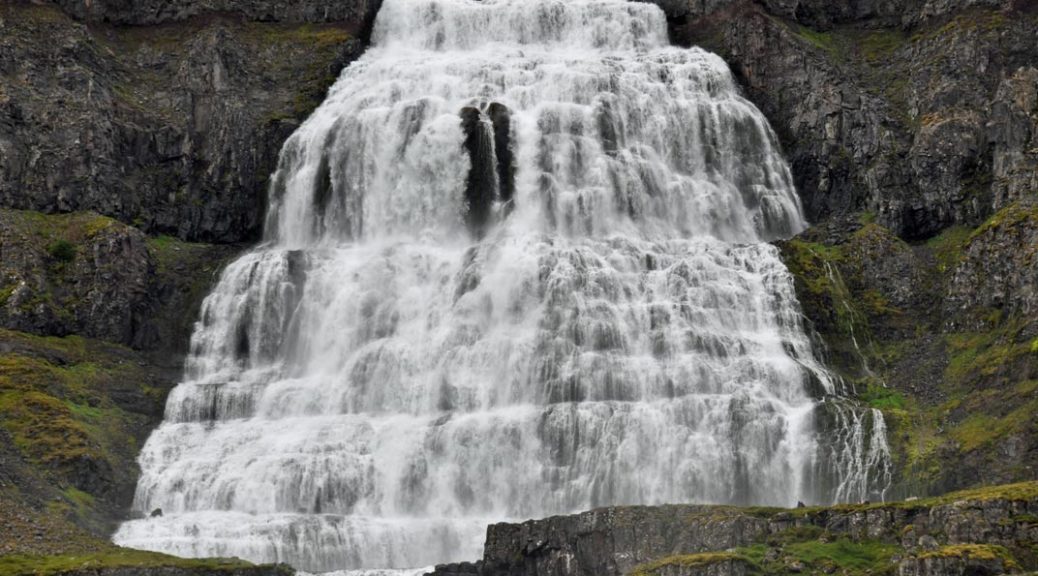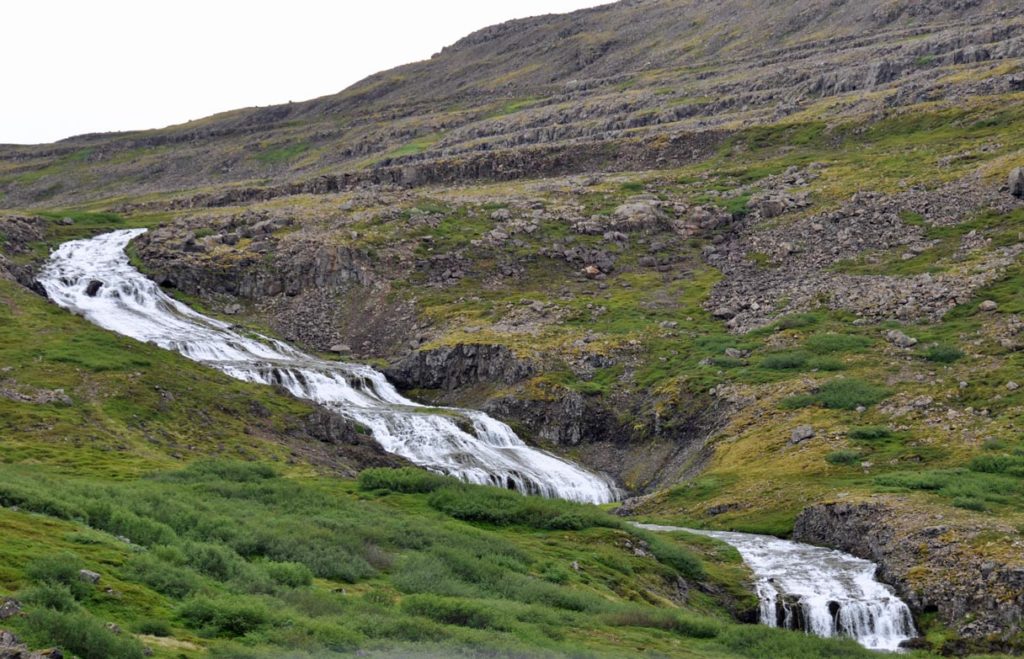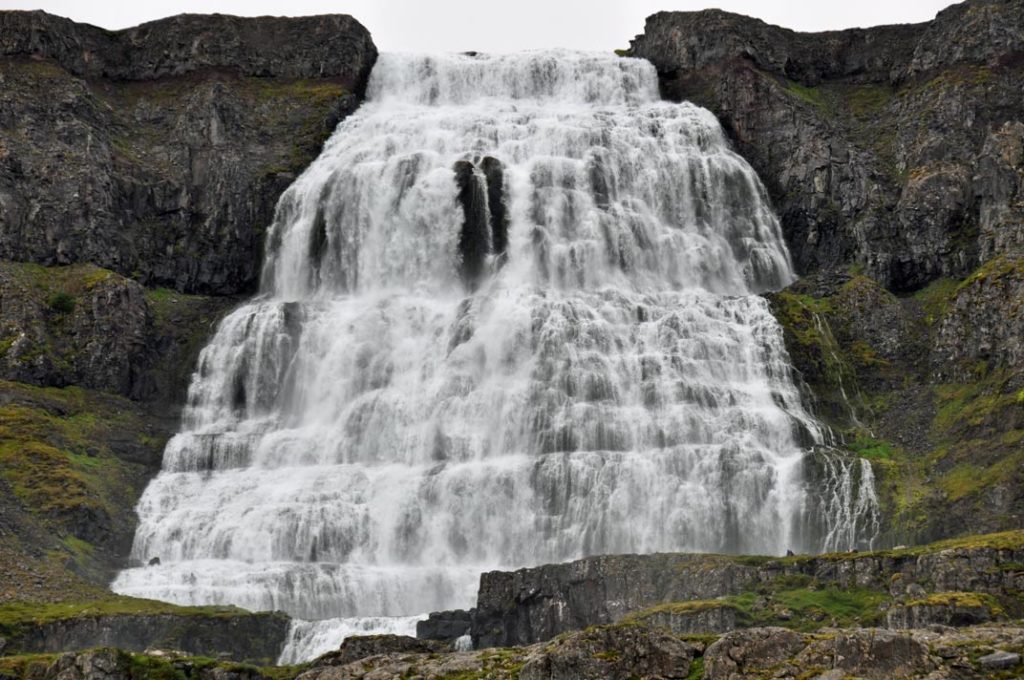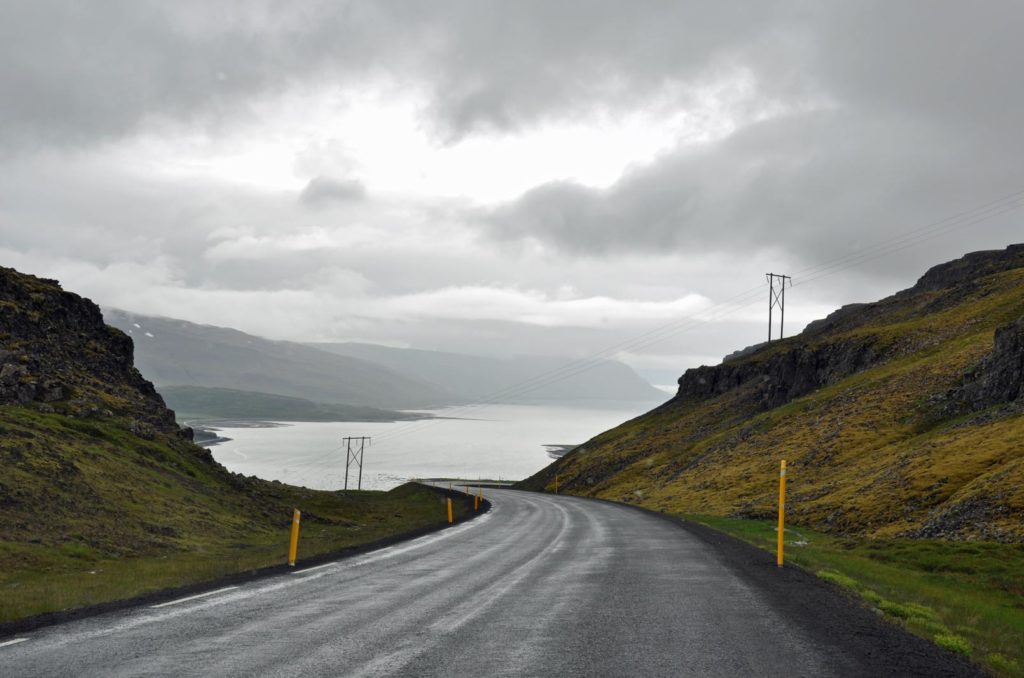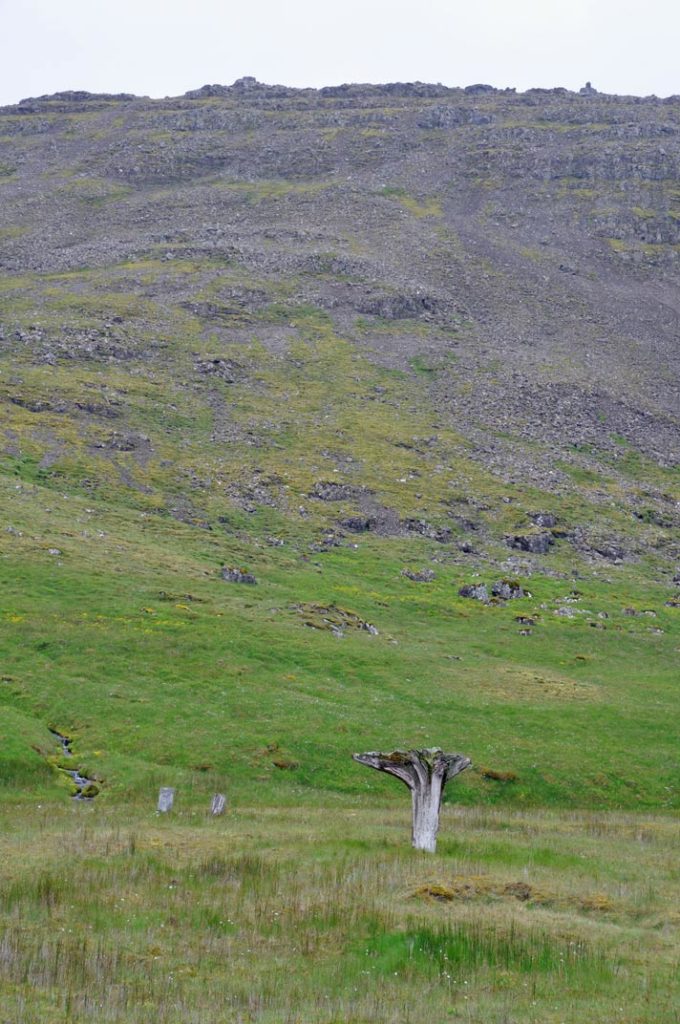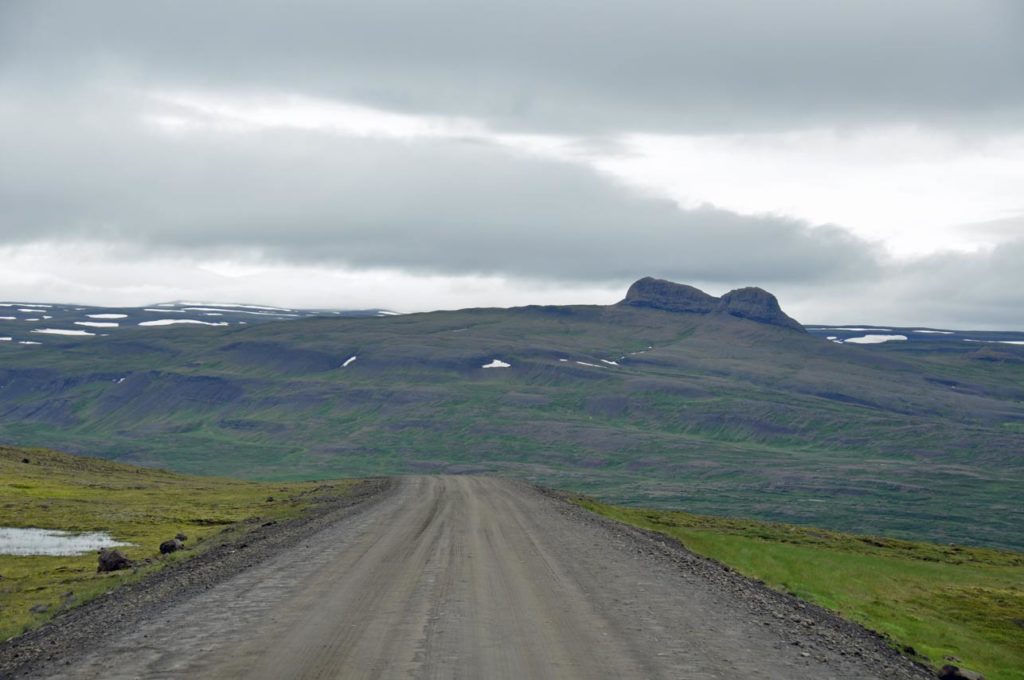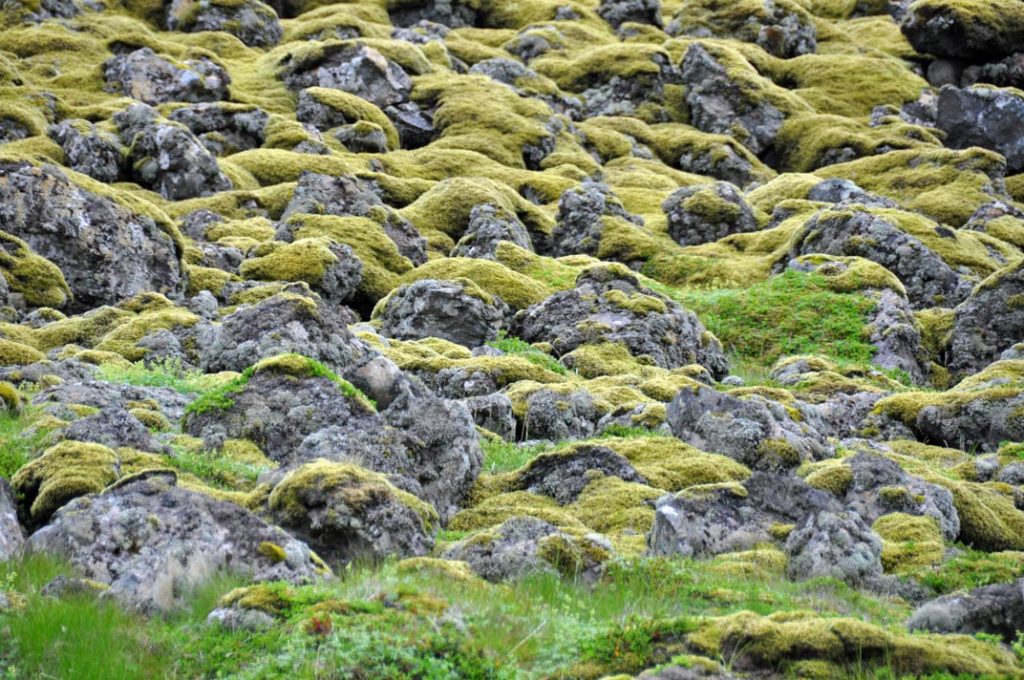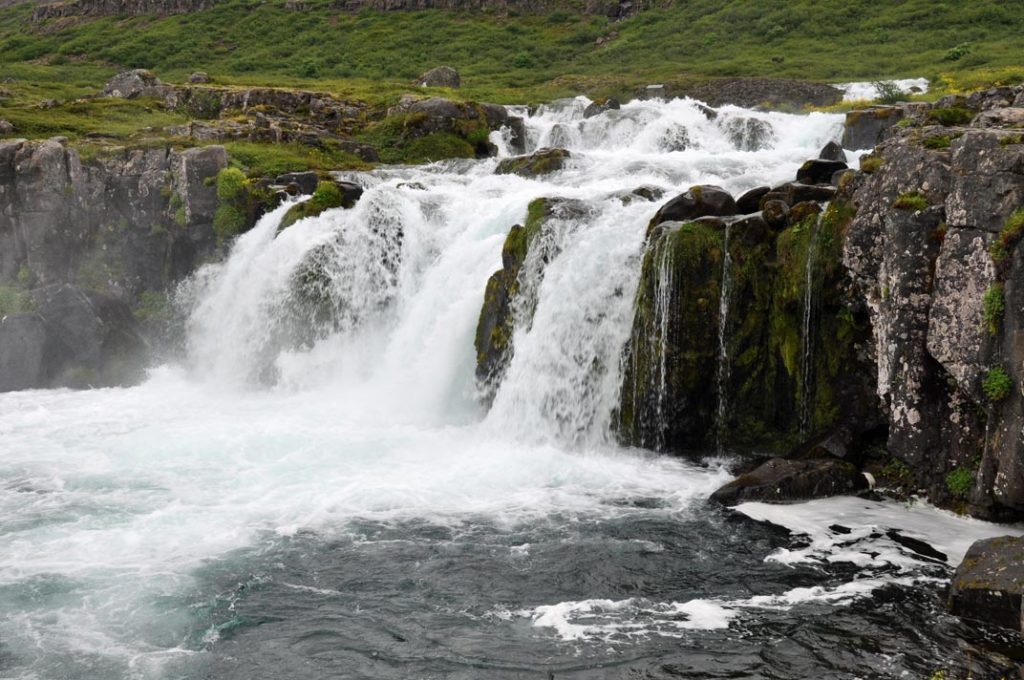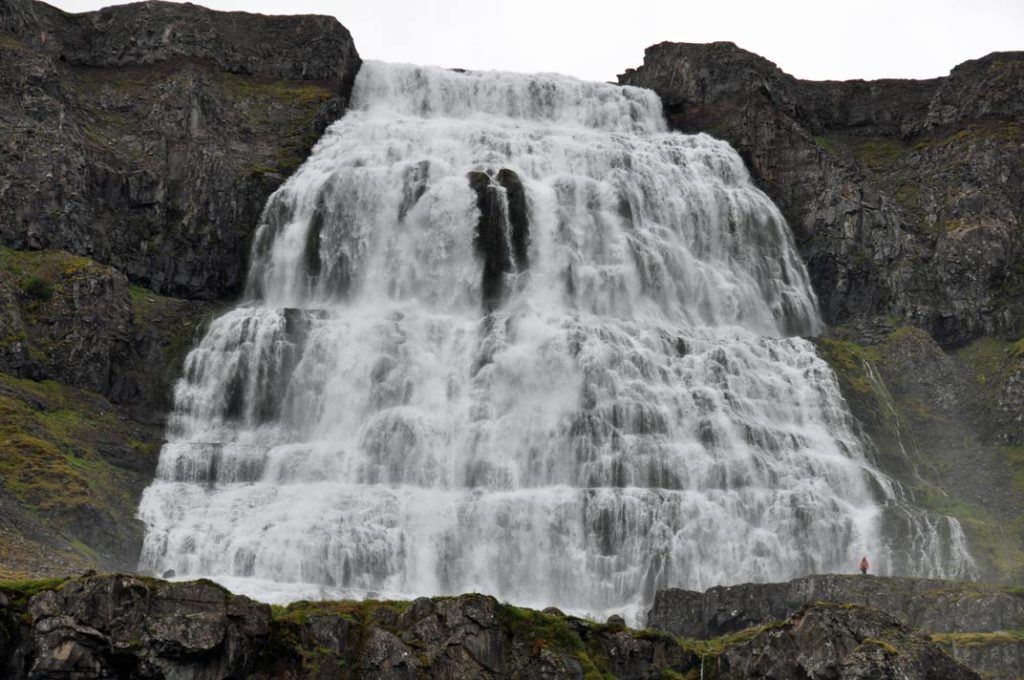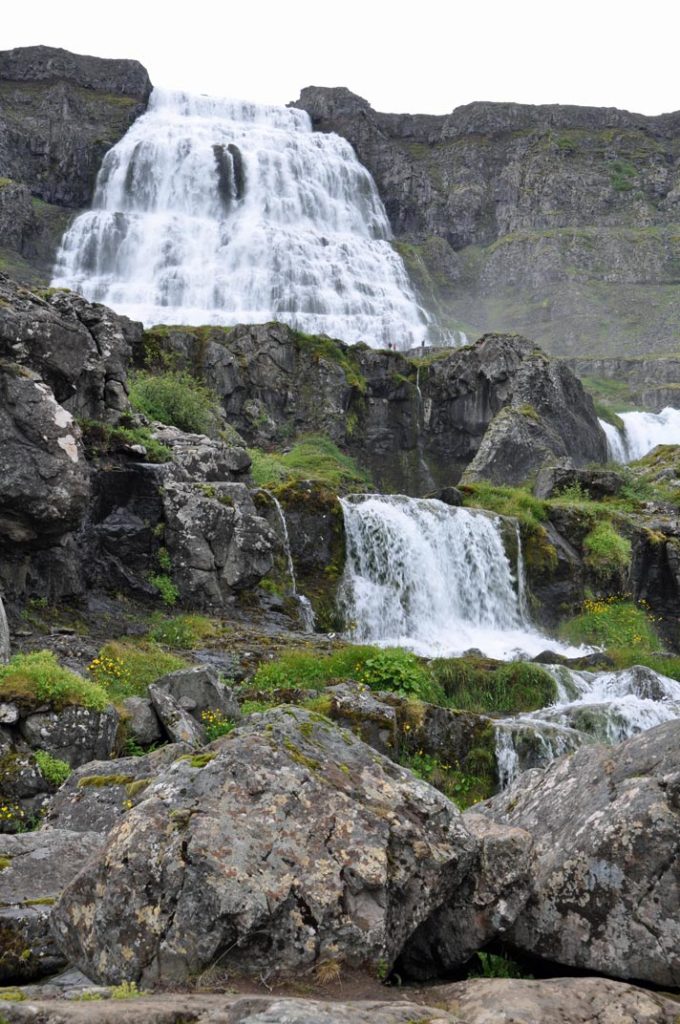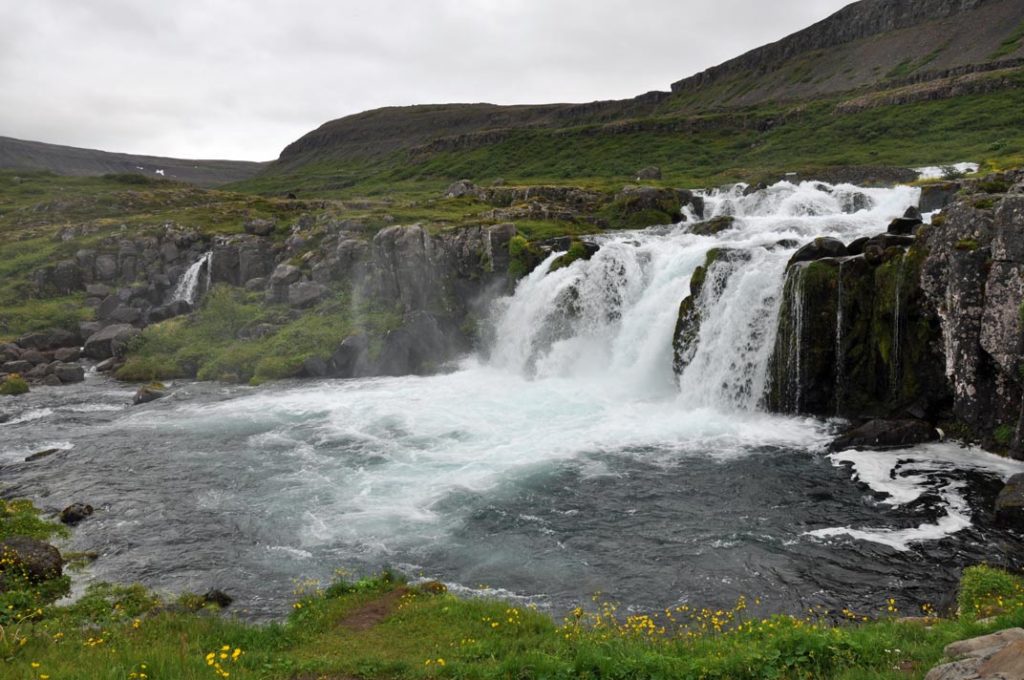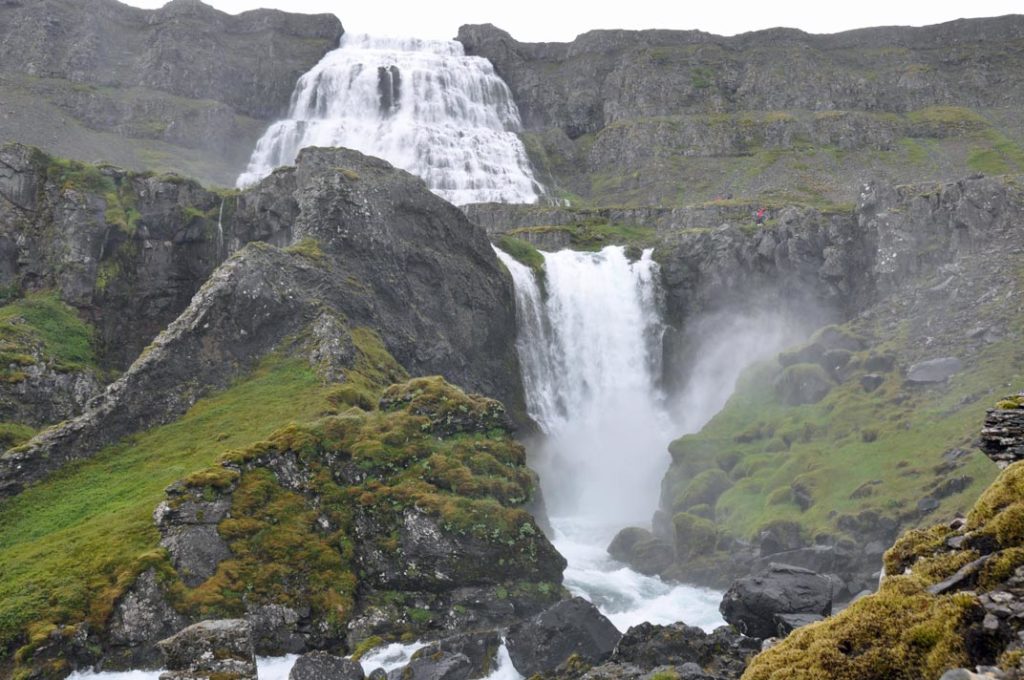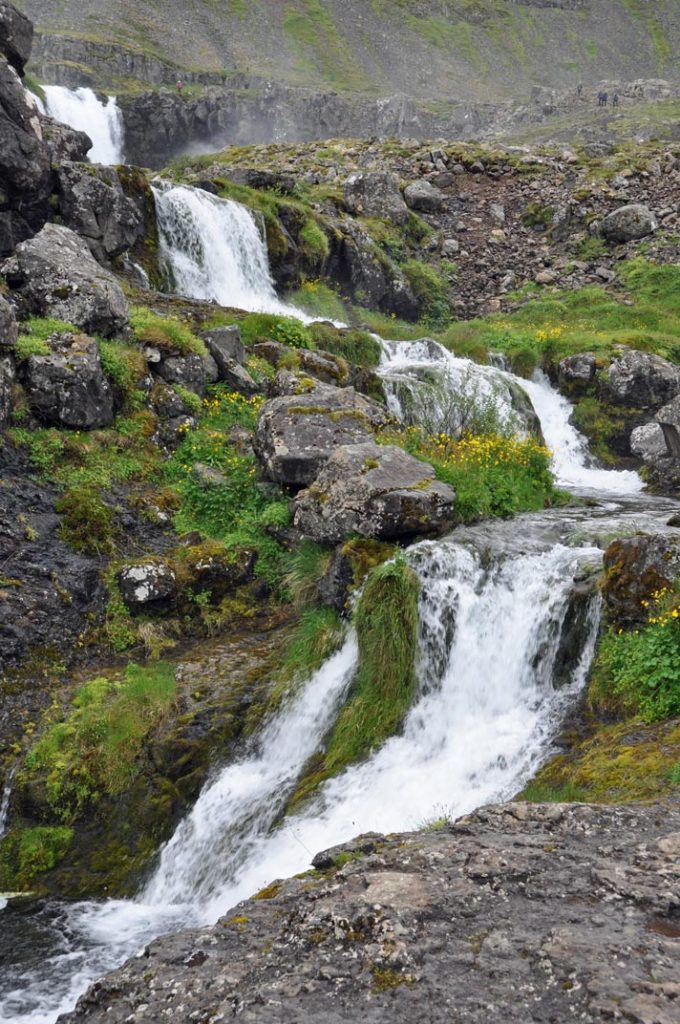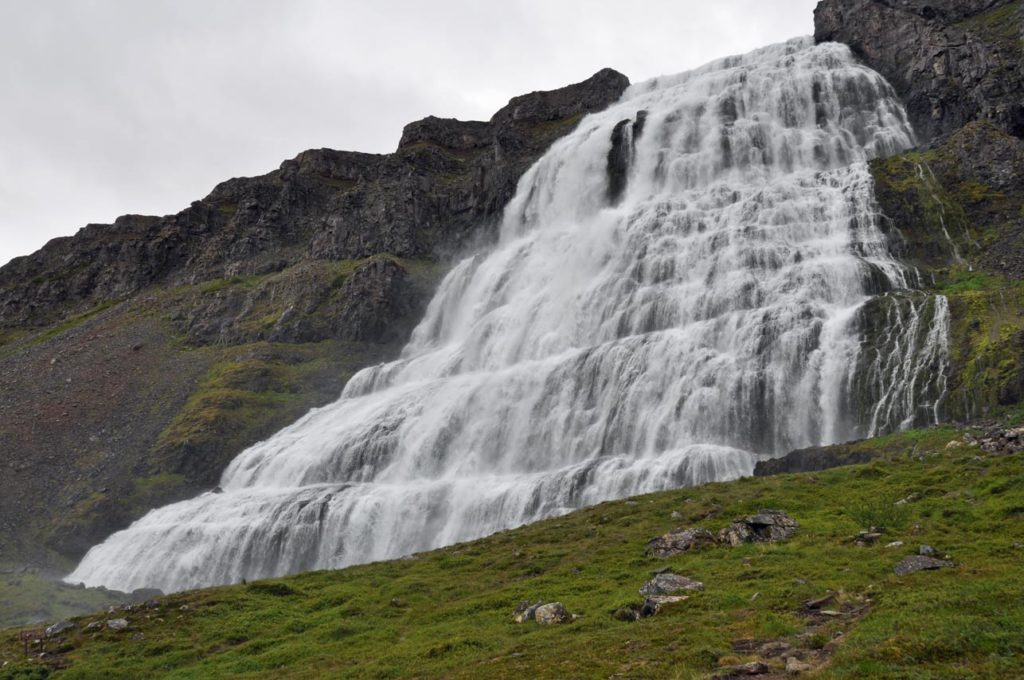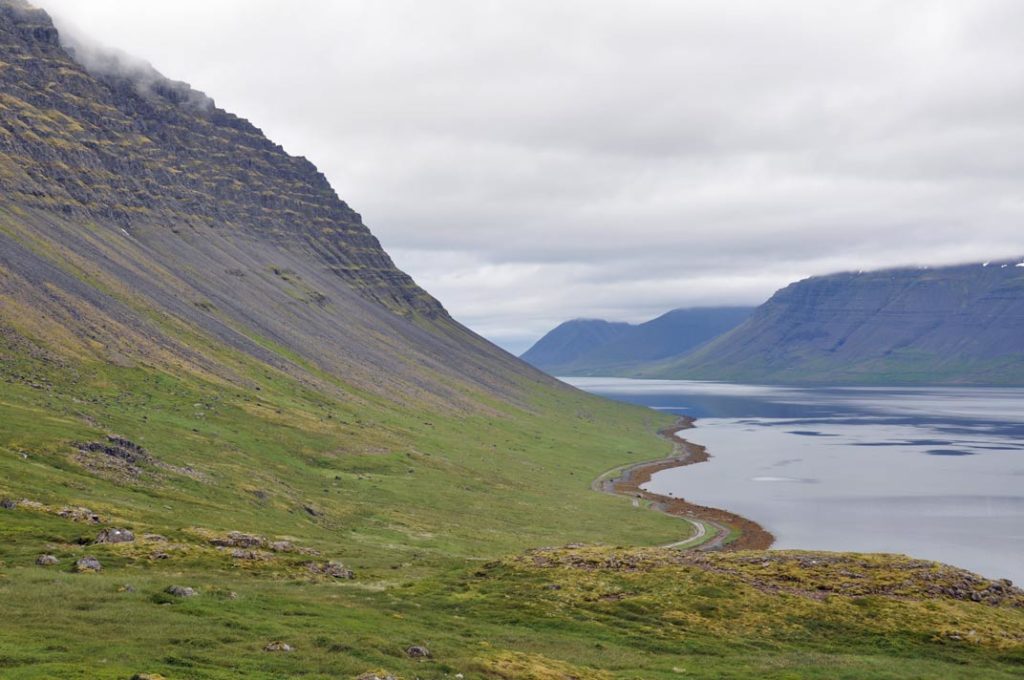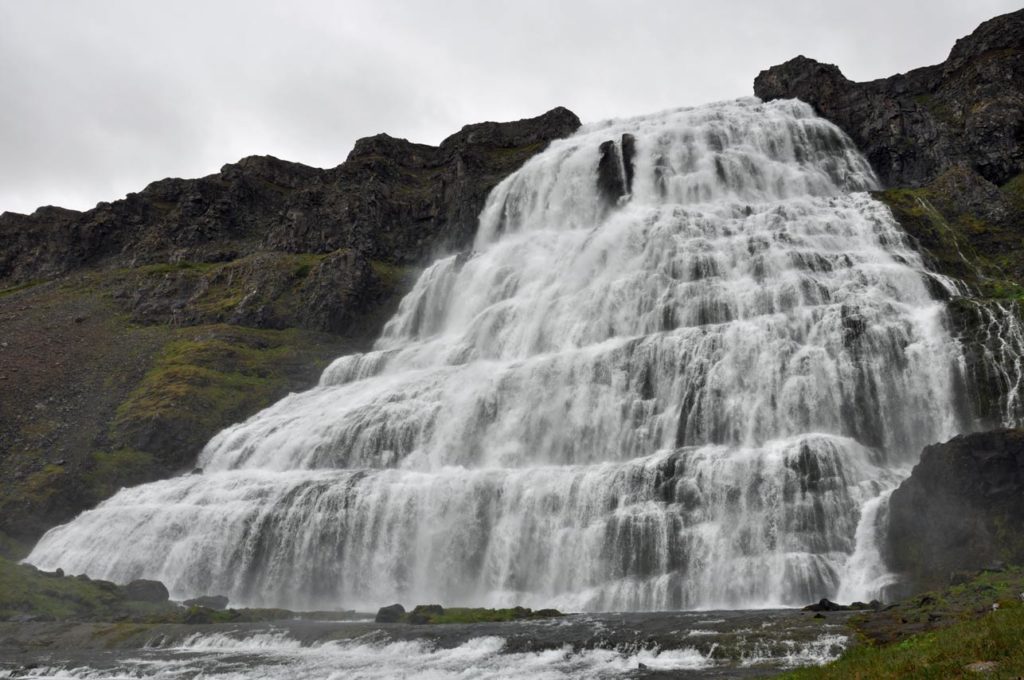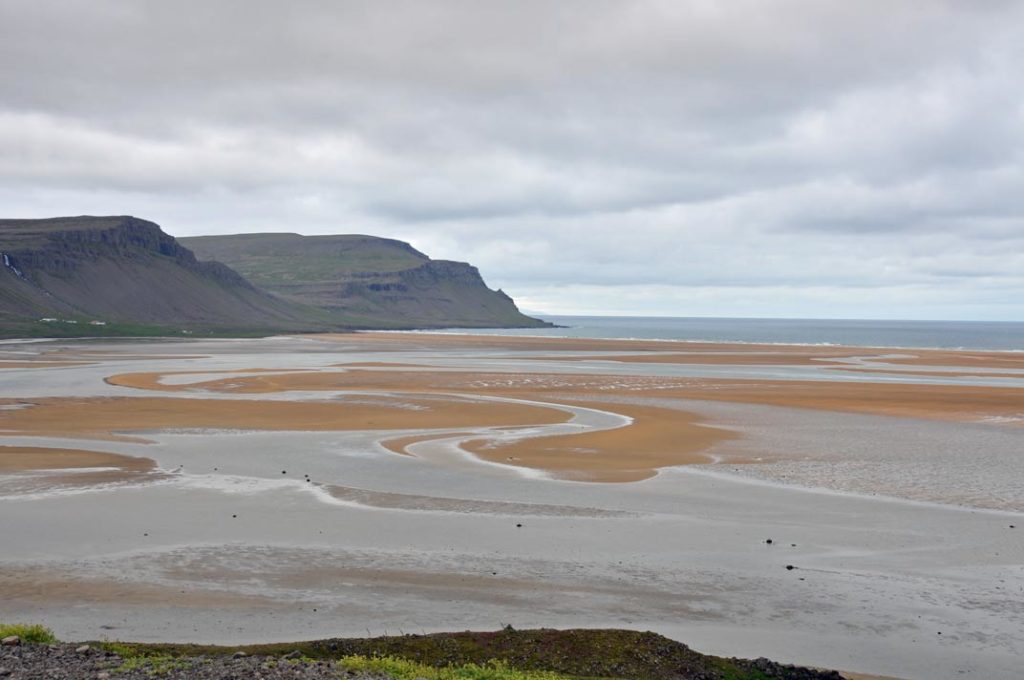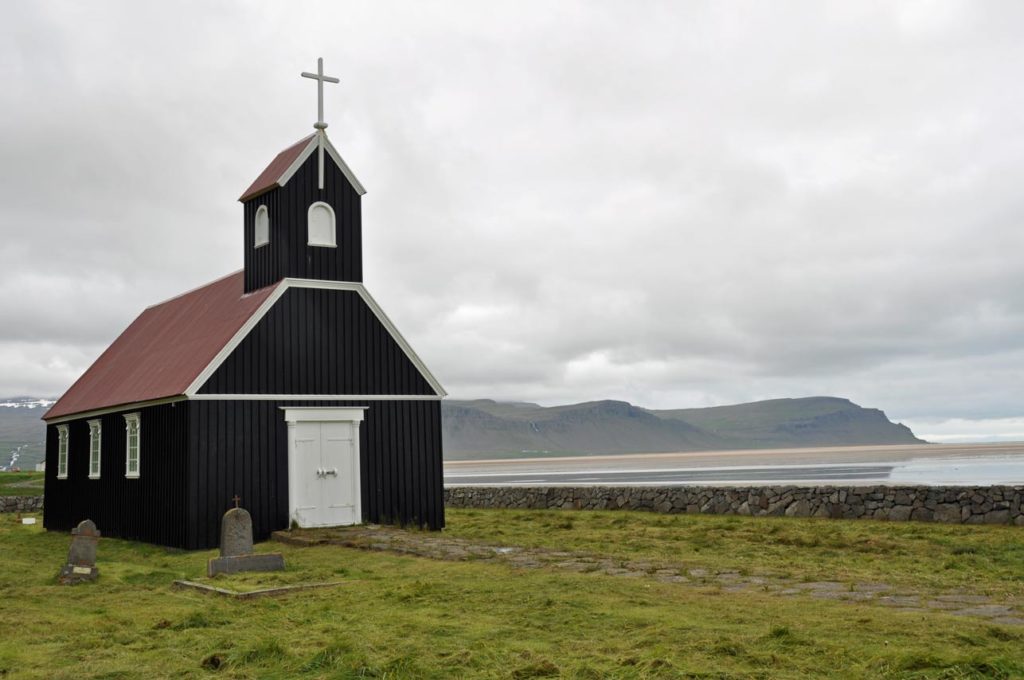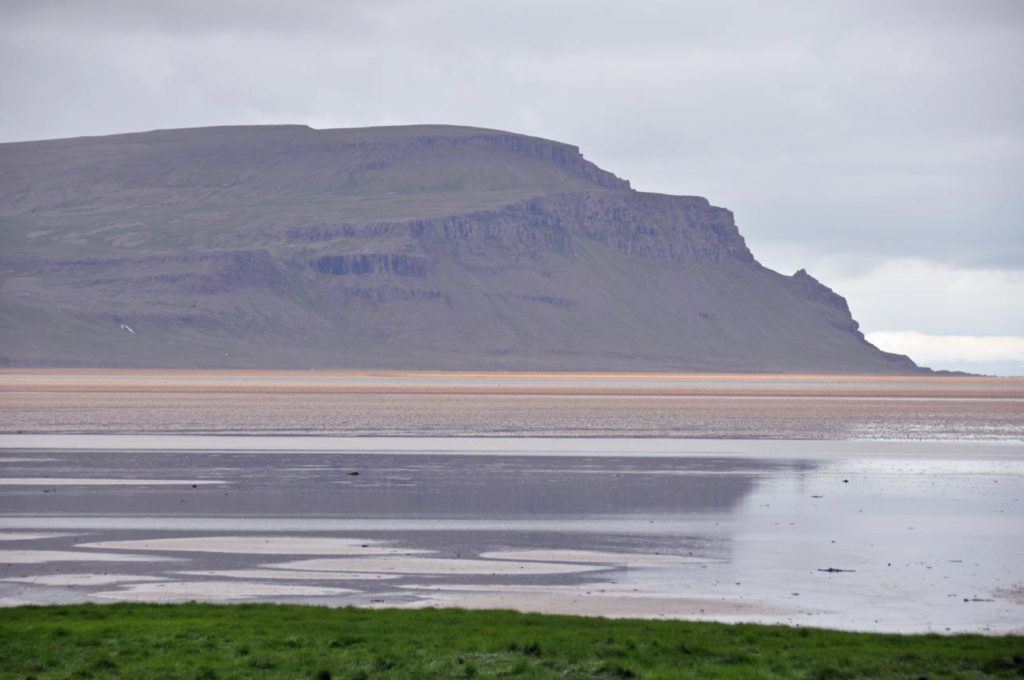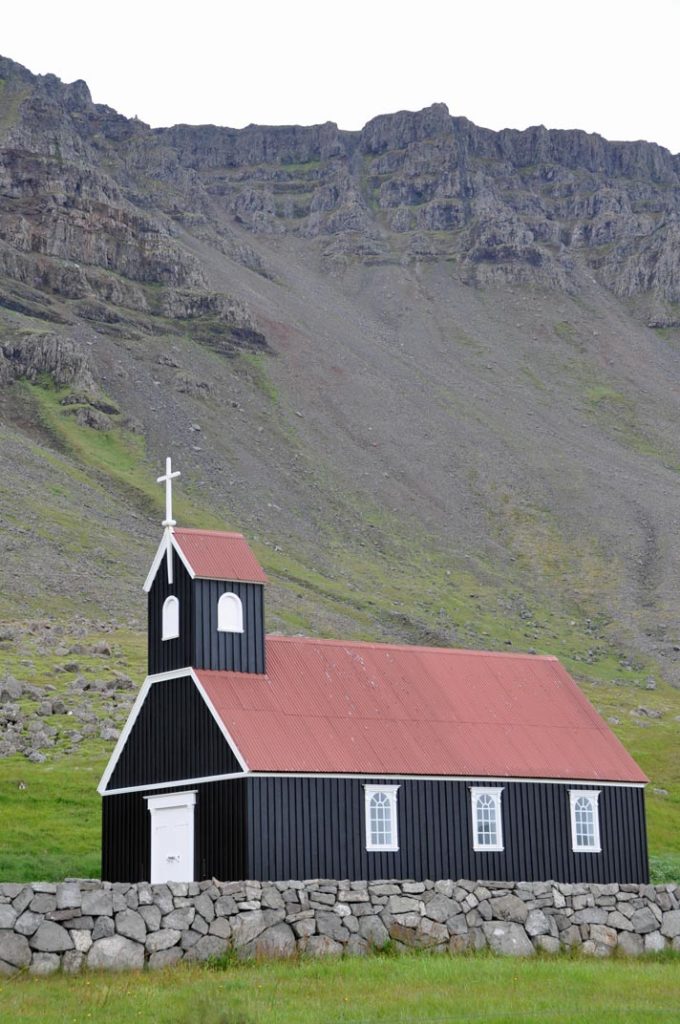The lonely are not just sadder; they are unhealthier and die younger. What can be done?
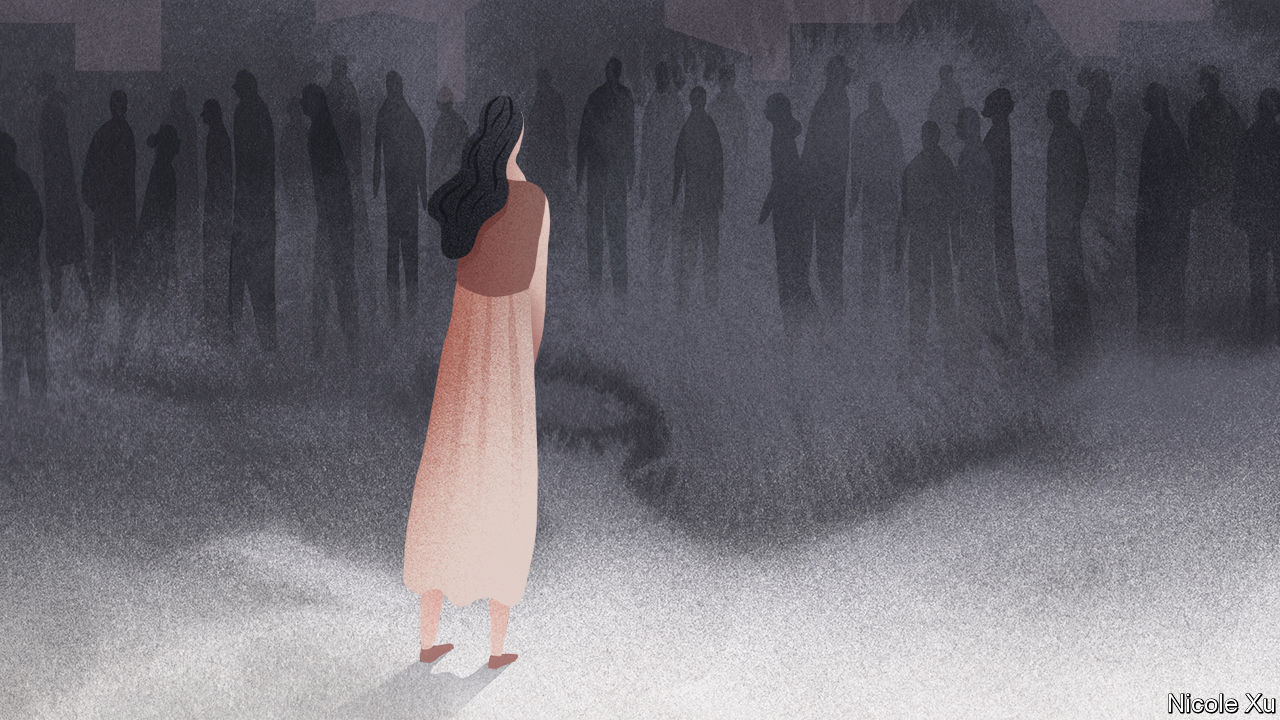 Policymakers in the rich world are increasingly worried about loneliness. Campaigns to reduce it have been launched in Britain, Denmark and Australia. In Japan the government has surveyed hikikomori, or “people who shut themselves in their homes”. Last year Vivek Murthy, a former surgeon-general of the United States, called loneliness an epidemic, likening its impact on health to obesity or smoking 15 cigarettes per day. In January Theresa May, the British prime minister, appointed a minister for loneliness.
Policymakers in the rich world are increasingly worried about loneliness. Campaigns to reduce it have been launched in Britain, Denmark and Australia. In Japan the government has surveyed hikikomori, or “people who shut themselves in their homes”. Last year Vivek Murthy, a former surgeon-general of the United States, called loneliness an epidemic, likening its impact on health to obesity or smoking 15 cigarettes per day. In January Theresa May, the British prime minister, appointed a minister for loneliness.That the problem exists is obvious; its nature and extent are not. Researchers start by distinguishing several related conditions. Loneliness is not synonymous with social isolation (how often a person meets or speaks to friends and family) or with solitude (which implies a choice to be alone).
Instead researchers define loneliness as perceived social isolation, a feeling of not having the social contacts one would like. Of course, the objectively isolated are much more likely than the average person to feel lonely. But loneliness can also strike those with seemingly ample friends and family. Nor is loneliness always a bad thing. John Cacioppo, an American psychologist who died in March, called it a reflex honed by natural selection. Early humans would have been at a disadvantage if isolated from a group, he noted, so it makes sense for loneliness to stir a desire for company. Transient loneliness still serves that purpose today. The problem comes when it is prolonged.
To find out how many people feel this way, The Economist and the Kaiser Family Foundation (KFF), an American non-profit group focused on health, surveyed nationally representative samples of people in three rich countries*. The study found that 9% of adults in Japan, 22% in America and 23% in Britain always or often feel lonely, or lack companionship, or else feel left out or isolated.
Almost 1 in 4 people in the UK feel lonely
The findings complement academic research which uses standardised questionnaires to measure loneliness. One drawn up at the University of California, Los Angeles (UCLA), has 20 statements, such as “I have nobody to talk to”, and “I find myself waiting for people to call or write”. Responses are marked based on the extent to which people agree. Respondents with tallies above a threshold are classed as lonely.
A study published in 2010 using this scale estimated that 35% of Americans over 45 were lonely. Of these 45% had felt this way for at least six years; a further 32% for one to five years. In 2013 Britain’s Office for National Statistics (ONS), by dint of asking a simple question, classed 25% of people aged 52 or over as “sometimes lonely” with an extra 9% “often lonely”.
Other evidence points to the extent of isolation. For 41% of Britons over 65, TV or a pet is their main source of company, according to Age UK, a charity. In Japan more than half a million people stay at home for at least six months at a time, making no contact with the outside world, according to a report by the government in 2016. Another government study reckons that 15% of Japanese regularly eat alone. A popular TV show is called “The Solitary Gourmet”.
Historical data about loneliness are scant. But isolation does seem to be increasing, so loneliness may be too. Consider the rise in solitary living. Before 1960 the share of solo households in America, Europe or Japan rarely rose above 10%. Today in cities such as Stockholm most households have just one member. Many people opt to live alone, as a mark of independence. But there are also many in rich countries who live solo because of, say, divorce or a spouse’s death.
Isolation is increasing in other ways, too. From 1985 to 2009 the average size of an American’s social network—defined by number of confidants—declined by more than one-third. Other studies suggest that fewer Americans join in social communities like church groups or sports teams.
The idea that loneliness is bad for your health is not new. One early job of the Royal Canadian Mounted Police in the Yukon region was to keep tabs on the well-being of gold prospectors who might go months without human contact. Evidence points to the benign power of a social life. Suicides fall during football World Cups, for example, maybe because of the transient feeling of community.
But only recently has medicine studied the links between relationships and health. In 2015 a meta-analysis led by Julianne Holt-Lunstad of Brigham Young University, in Utah, synthesised 70 papers, through which 3.4m participants were followed over an average of seven years. She found that those classed as lonely had a 26% higher risk of dying, and those living alone a 32% higher chance, after accounting for differences in age and health status.
Smaller-scale studies have found correlations between loneliness and isolation, and a range of health problems, including heart attacks, strokes, cancers, eating disorders, drug abuse, sleep deprivation, depression, alcoholism and anxiety. Some research suggests that the lonely are more likely to suffer from cognitive decline and a quicker progress of Alzheimer’s disease.
Researchers have three theories as to how loneliness may lead to ill health, says Nicole Valtorta of Newcastle University. The first covers behaviour. Lacking encouragement from family or friends, the lonely may slide into unhealthy habits. The second is biological. Loneliness may raise levels of stress, say, or impede sleep, and in turn harm the body. The third is psychological, since loneliness can augment depression or anxiety.
Or is it the other way round? Maybe sick people are more likely to be lonely. In the KFF/Economist survey six out of ten people who said they were lonely or socially isolated blamed specific causes such as poor mental or physical health. Three out of ten said their loneliness had made them think about harming themselves. Research led by Marko Elovainio of the University of Helsinki and colleagues, using the UK Biobank, a voluntary database of hundreds of thousands of people, suggests that the relationship runs both ways: loneliness leads to ill health, and vice versa.
Other studies show more about the causes of loneliness. A common theme is the lack of a partner. Analysis of the survey data found that married or cohabiting people were far less lonely. Having a partner seems especially important for older people, as generally they have fewer (but often closer) relationships than the young do.
Yet loneliness is not especially a phenomenon of the elderly. The polling found no clear link between age and loneliness in America or Britain—and in Japan younger people were in fact lonelier. Young adults, and the very old (over-85s, say) tend to have the highest shares of lonely people of any adult age-group. Other research suggests that, among the elderly, loneliness tends to have a specific cause, such as widowhood. In the young it is generally down to a gap in expectations between relationships they have and those they want.
Whatever their age, some groups are much more likely to be lonely. One is people with disabilities. Migrants are another. A study of Polish immigrants in the Netherlands published in 2017 found that they reported much higher rates of loneliness than Dutch-born people aged between 60 and 79 (though female migrants tended to cope better than their male peers). A survey by a Chinese trade union in 2010 concluded that “the defining aspect of the migrant experience” is loneliness.
Regions left behind by migrants, such as rural China, often have higher rates of loneliness, too. A study of older people in Anhui province in eastern China published in 2011 found that 78% reported “moderate to severe levels of loneliness”, often as a result of younger relatives having moved. Similar trends are found in eastern Europe where younger people have left to find work elsewhere.
Loneliness is usually best explained as the result of individual factors such as disability, depression, widowhood or leaving home without your partner. Yet some commentators say larger forces, such as “neoliberalism”, are at work.
In fact, it is hard to prove that an abstract noun is creating a feeling. And research on rates of reported loneliness does not support the view that rich, individualistic societies are lonelier than others. A study published in 2015 by Thomas Hansen and Britt Slagvold of Oslo Metropolitan University, for example, found that “quite severe” loneliness ranged from 30-55% in southern and eastern Europe, versus 10-20% in western and northern Europe. “It is thus a paradox that older people are less lonely in more individualistic and less familistic cultures,” concluded the authors.
Their research pointed to two explanations. The most important is that southern and eastern European countries are generally poorer, with patchier welfare states. The second reason concerns culture. The authors argued that in countries where older people expect to live near and be cared for by younger relatives, the shock when that does not happen is greater.
Another villain in the contemporary debate is technology. Smartphones and social media are blamed for a rise in loneliness in young people. This is plausible. Data from the OECD club of mostly rich countries suggest that in nearly every member country the share of 15-year-olds saying that they feel lonely at school rose between 2003 and 2015.
The smartphone makes an easy scapegoat. A sharp drop in how often American teenagers go out without their parents began in 2009, around when mobile phones became ubiquitous. Rather than meet up as often in person, so the story goes, young people are connecting online.
But this need not make them lonelier. Snapchat and Instagram may help them feel more connected with friends. Of those who said they felt lonely in the KFF/Economist survey, roughly as many found social media helpful as thought it made them feel worse. Yet some psychologists say that scrolling through others’ carefully curated photos can make people feel they are missing out, and lonely. In a study of Americans aged 19 to 32, published in 2017, Brian Primack of the University of Pittsburgh, and colleagues, found that the quartile that used social media most often was more than twice as likely to report loneliness as the one using it least.
It is not clear whether it is heavy social-media use leading to loneliness, or vice versa. Other research shows that the correlation between social-media use and, say, depression is weak. The most rigorous recent study of British adolescents’ social-media use, published by Andrew Przybylski and Netta Weinstein in 2017, found no link between “moderate” use and measures of well-being. They found evidence to support their “digital Goldilocks hypothesis”: neither too little nor too much screen time is probably best.
Others are sure that technology can reduce loneliness. On the top of a hill in Gjøvik, a two-hour train-ride from Oslo, lives Per Rolid, an 85-year-old widowed farmer. One daughter lives nearby, but he admits feeling lonely. So he has agreed to take part in a trial of Komp, a device made by No Isolation, a startup founded in 2015. It consists of a basic computer screen, a bit like an etch-a-sketch. The screen rotates pictures sent by his grandchildren, and messages in large print from them and other kin.
No Isolation also makes AV1, a fetching robot in the form of a disembodied white head with cameras in its eye-sockets. It allows users, often out-of-school children with chronic diseases, to feel as if they are present in class. AV1 can be put on a desk so absent children can follow goings-on. If they want to ask a question, they can press a button on the AV1 app and the top of the robot’s head lights up.
So-called “social robots”, such as Paro, a cuddly robotic seal, have been used in Japan for some time. But they are becoming more sophisticated. Pepper, a human-ish robot made by a subsidiary of SoftBank, a Japanese conglomerate, can follow a person’s gaze and adapt its behaviour in response to humans. Last year the council in Southend, an English seaside town, began deploying Pepper in care homes.
Other health-care providers are experimenting with virtual reality (VR). In America UCHealth is conducting trials of VR therapy that allow some cancer patients to have “bucket list” experiences, such as skiing in Colorado. In 2016, Liminal, an Australian VR firm, teamed up with Medibank, an insurance company, to build a virtual experience for lonely people who could not leave their hospital beds.
As technology becomes more human it may be able to do more and more to substitute for human relationships. In the meantime, services that offer human contact to the lonely will thrive. In Japan this manifests itself in agencies and apps that allow you to rent a family or a friend—a girlfriend for a singleton, a funeral mourner, or simply a companion to watch TV with.
Such products are not just Japanese quirks. One Caring Team, an American company, calls and checks in on lonely elderly relatives for a monthly fee. The Silver Line, a similar (but free) helpline, is run by a British charity. Launched in 2013 it takes nearly 500,000 calls a year. Its staff in their Blackpool headquarters are supported by volunteers across the country in the Silver Friend service, a regular, pre-arranged call between a volunteer and an old person.
Most conversations last about 15 minutes. Those contacting the helpline during your correspondent’s visit started on a general topic—the weather, pets, what they did that morning. Their real reason for calling only emerged later, through an offhand comment. Often that referred to the need for a partner and the companionship that would bring. Others call in but barely talk, noted one Silver Line staff member.
For many, phone calls are no substitute for company. Nesterly, founded in 2016, is designed to make it easier for older singletons with spare rooms to rent them to young people who help in the house for a discount on rent. The platform has “stumbled into loneliness”, notes Noelle Marcus, its co-founder. Users sign up to the platform and create a profile, then make a listing for their room. Last year the startup teamed up with the city of Boston, Massachusetts, to test the initiative across the city.
Similar schemes are run by Homeshare, a network of charities, operating in 16 countries, including Britain. Elsewhere policymakers are experimenting with incentives to encourage old and young to mix. In cities such as Lyon in France, Deventer in the Netherlands and Cleveland in Ohio, nursing homes or local authorities are offering students free or cheap rent in exchange for helping out with housework.
That so many startups want to “disrupt” loneliness helps. But most of the burden will be shouldered by health systems. Some firms are trying to tackle the problem at root. Last year CareMore, an American health-care provider owned by Anthem, an insurer, launched a dedicated scheme. “We’re trying to reframe loneliness as a treatable medical condition,” explains Sachin Jain, its president.
This means, first, screening its 150,000 patients for loneliness. Those at risk are asked if they want to enroll in a “Togetherness Programme”. This involves phone calls from staff called “connectors” who help with transport to events and ideas for socialising. Patients are coaxed to visit clinics, even when not urgently ill, to play games, attend a “seniors’ gym” and just chat.
For its part, England’s National Health Service is increasingly using “social prescribing”, sending patients to social activities rather than giving them drugs. More than 100 such programmes are running in Britain. Yet last year a review of 15 papers concluded that evidence to date was too weak to support any conclusions about the programmes’ effectiveness. This reflects poorly on the state of thinking about loneliness.
There are plenty of reasons to take the effects of loneliness on health seriously. But the quality of evidence about which remedies work is woeful. Sadly, therefore, loneliness is set to remain a subject that causes a huge amount of angst without much relief.
*A detailed report on the Economist’s survey results can be found at https://www.kff.org/other/report/loneliness-and-social-isolation-in-the-united-states-the-united-kingdom-and-japan-an-international-survey









